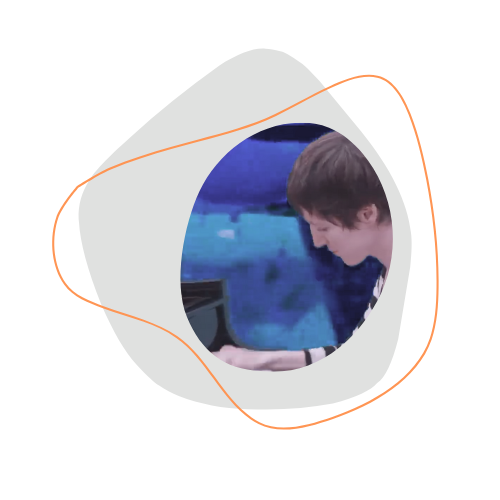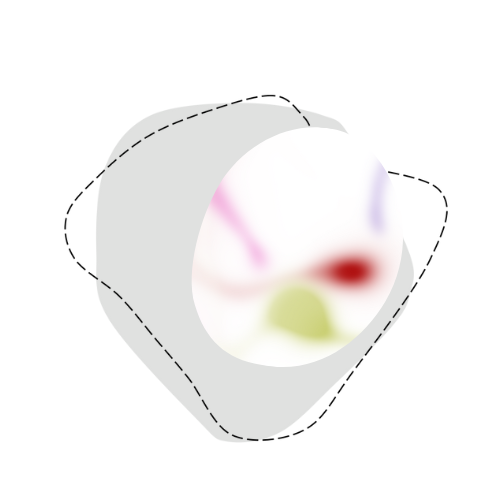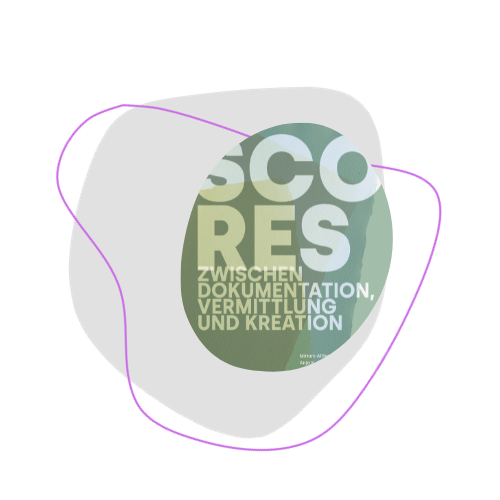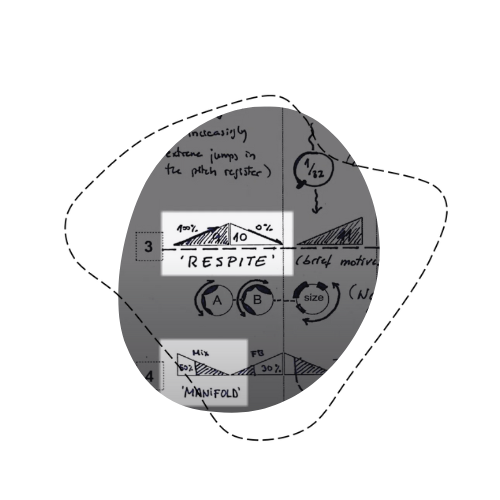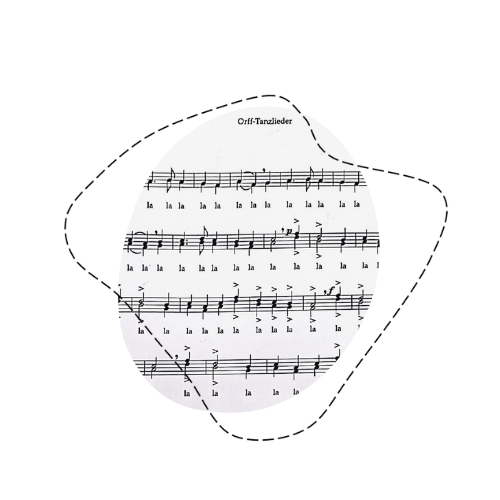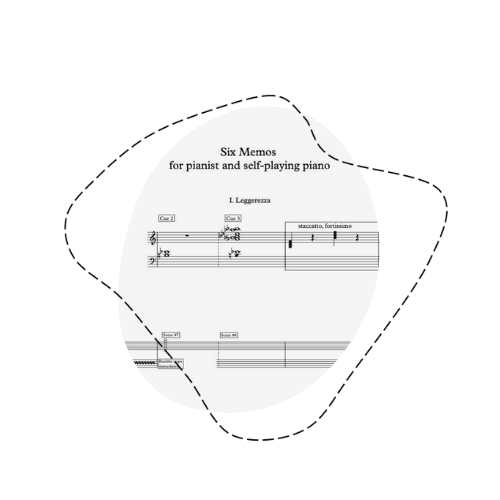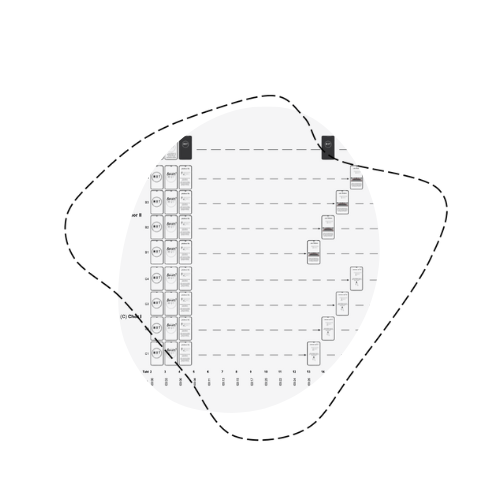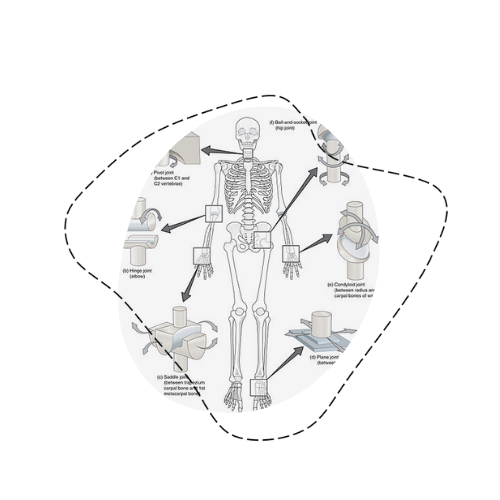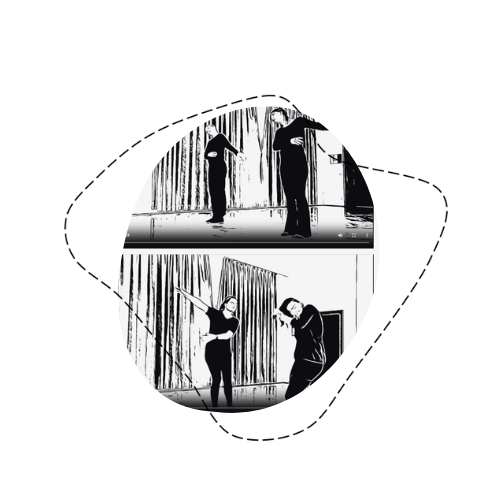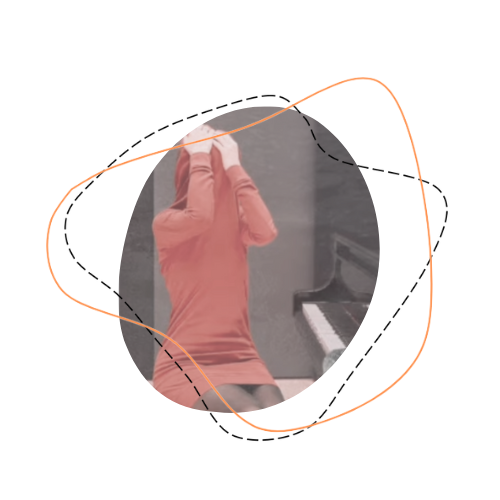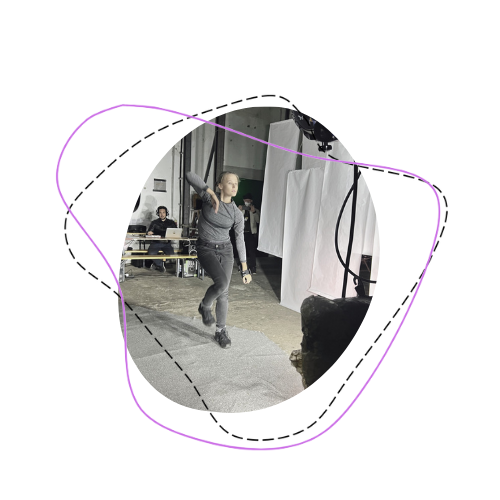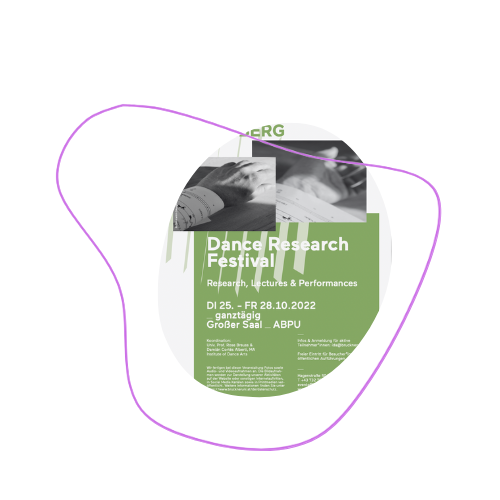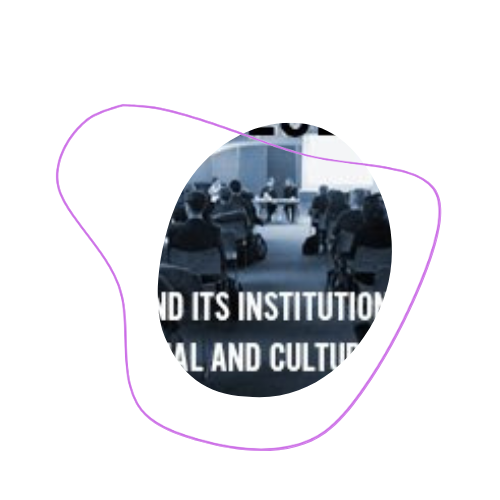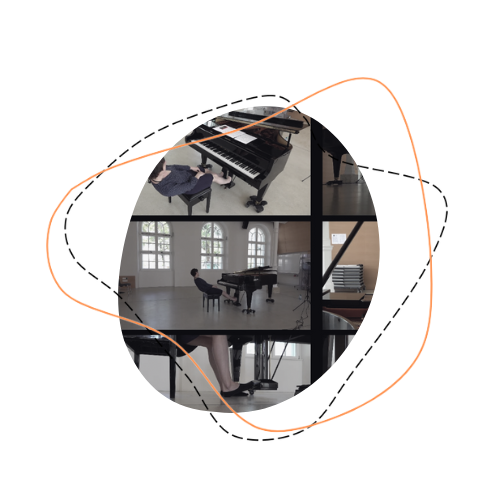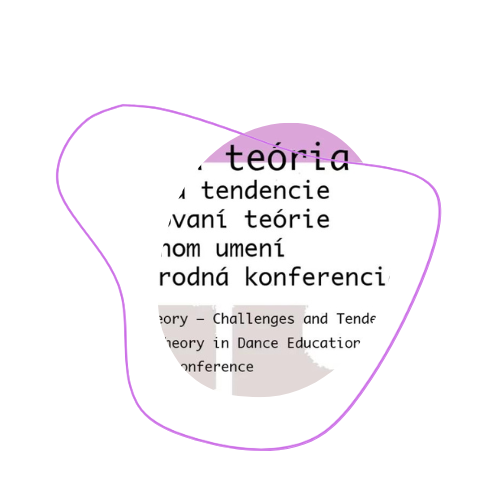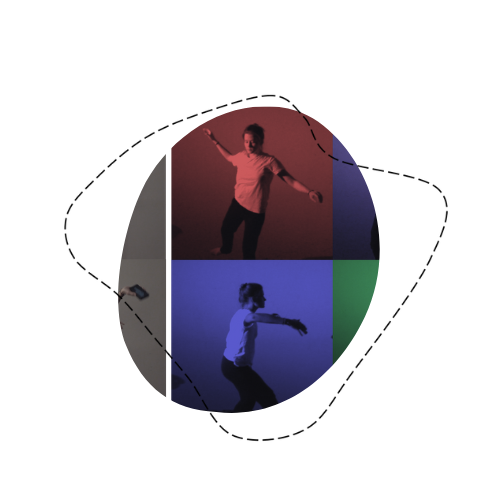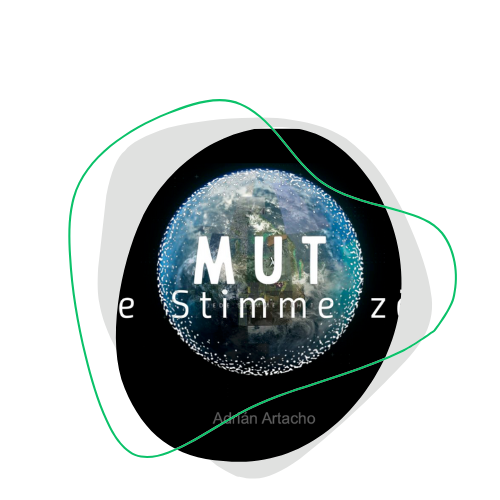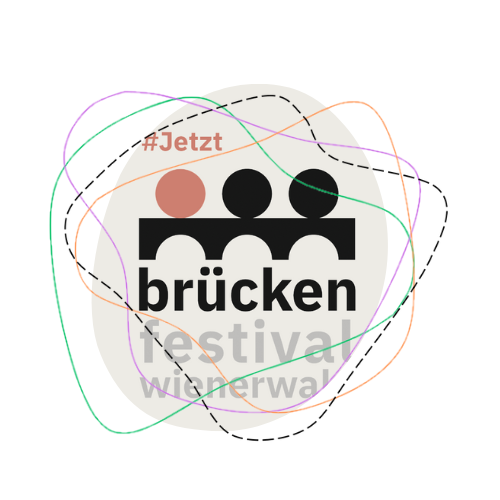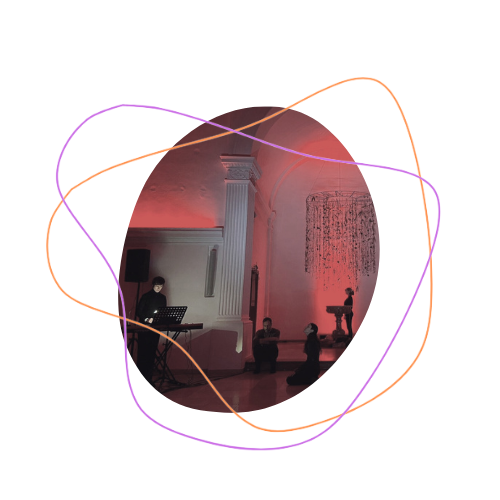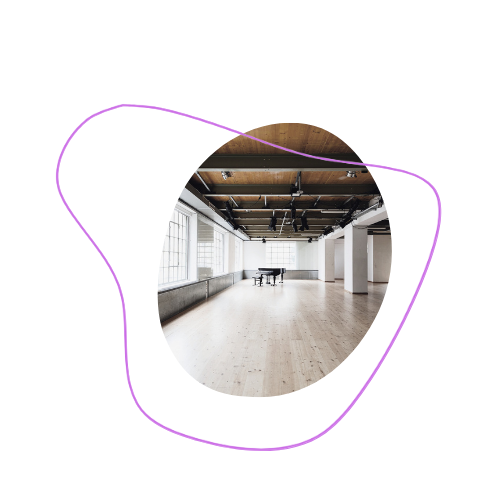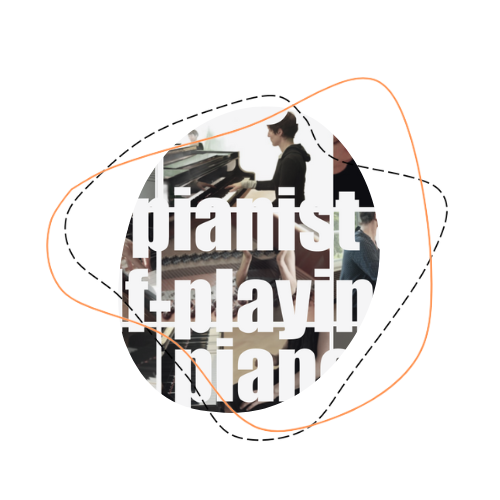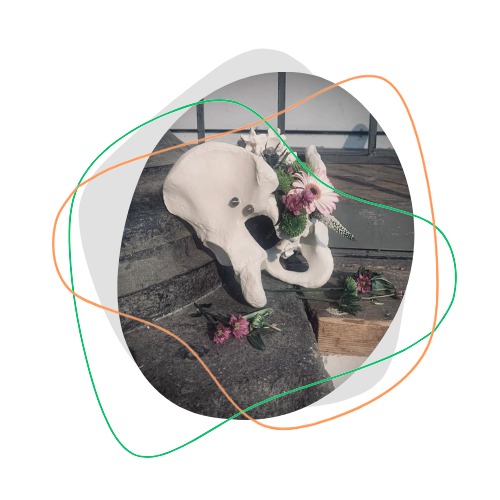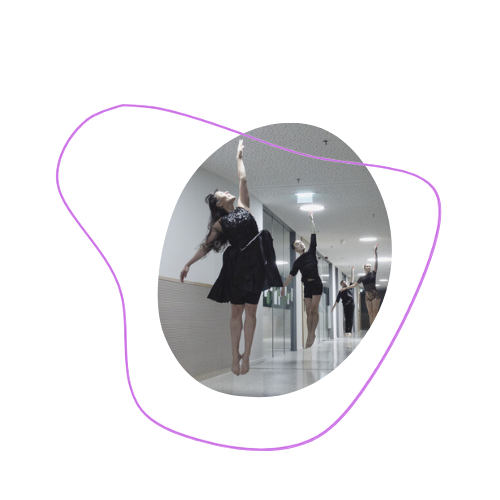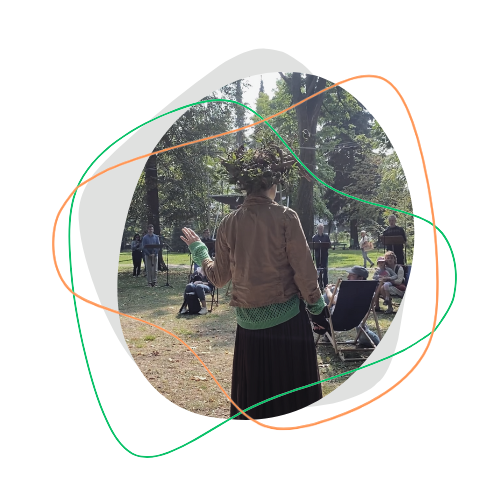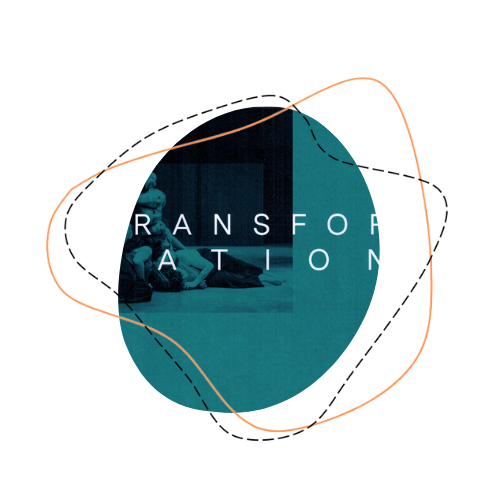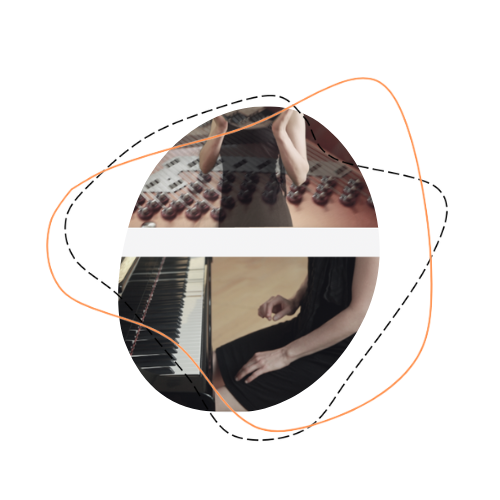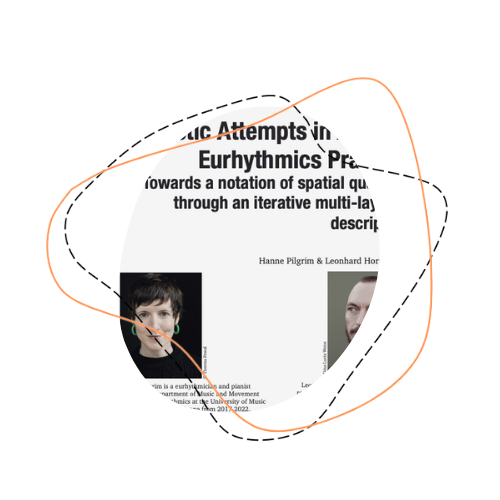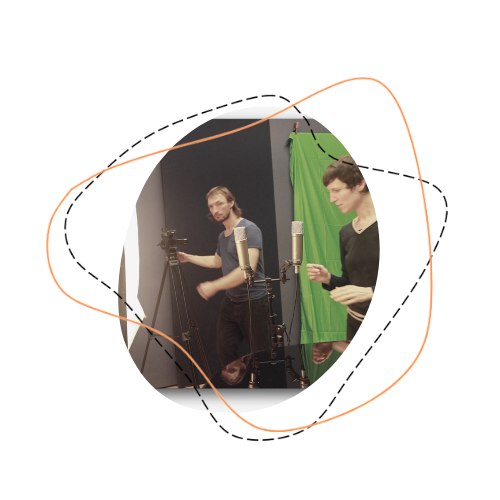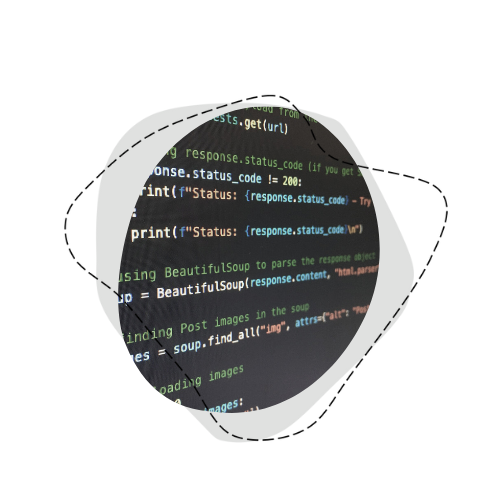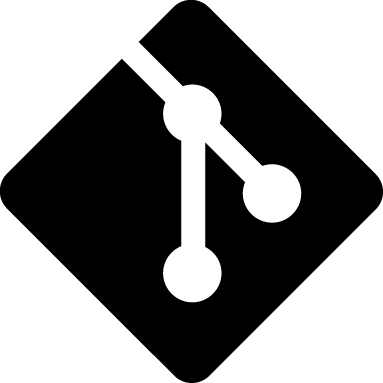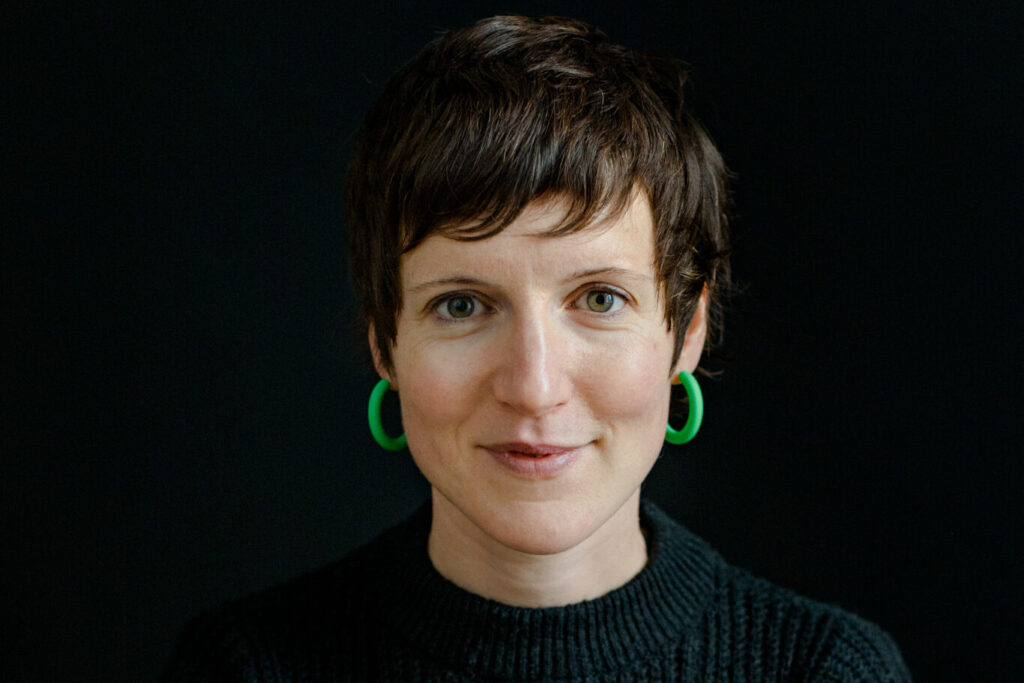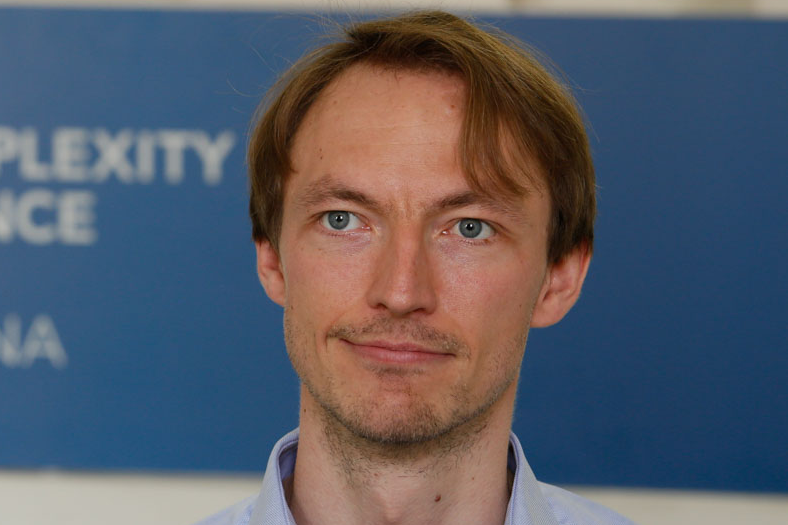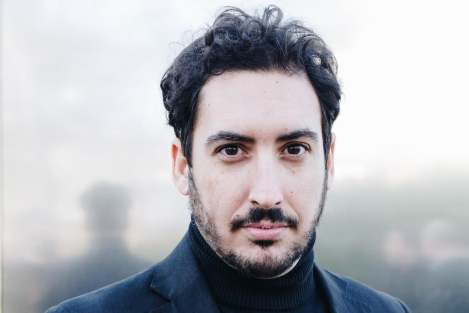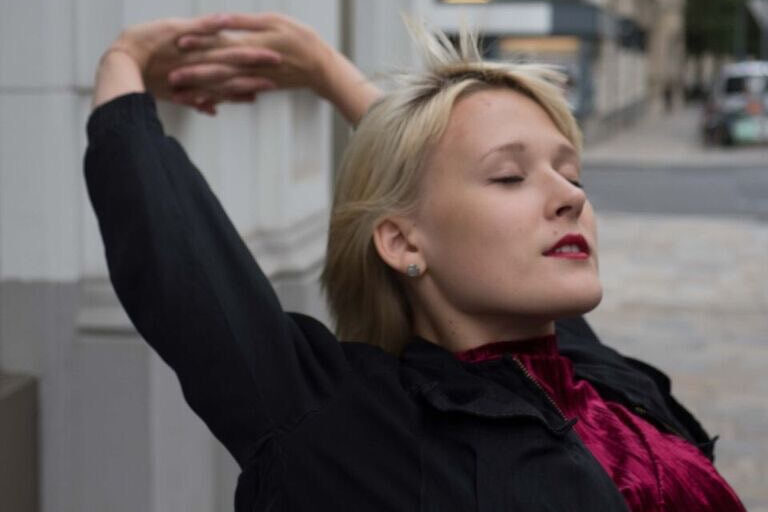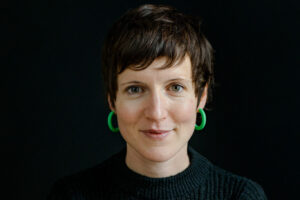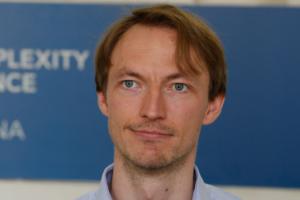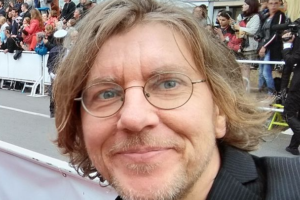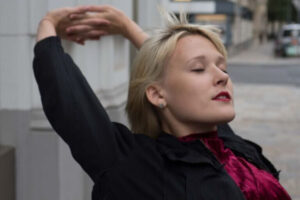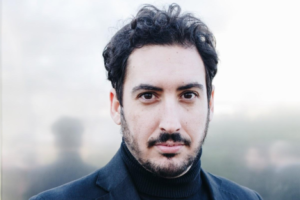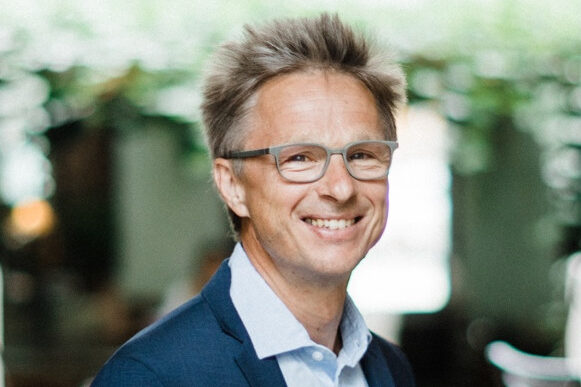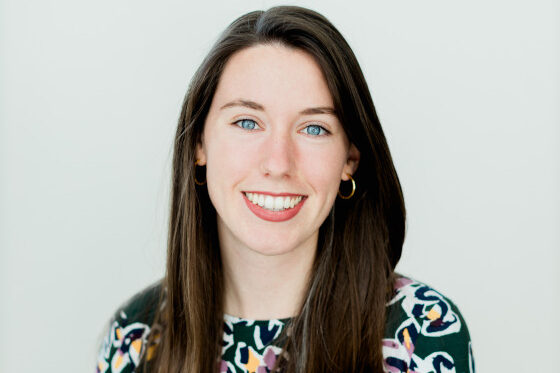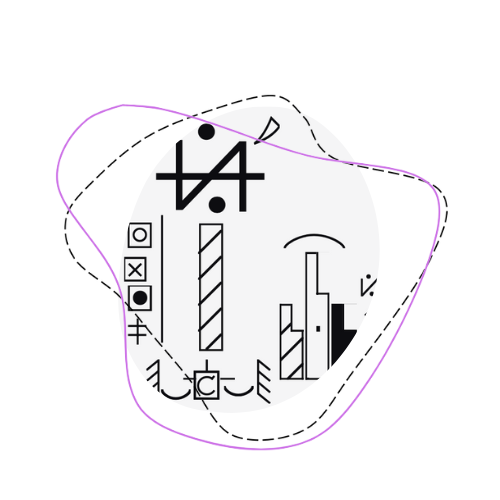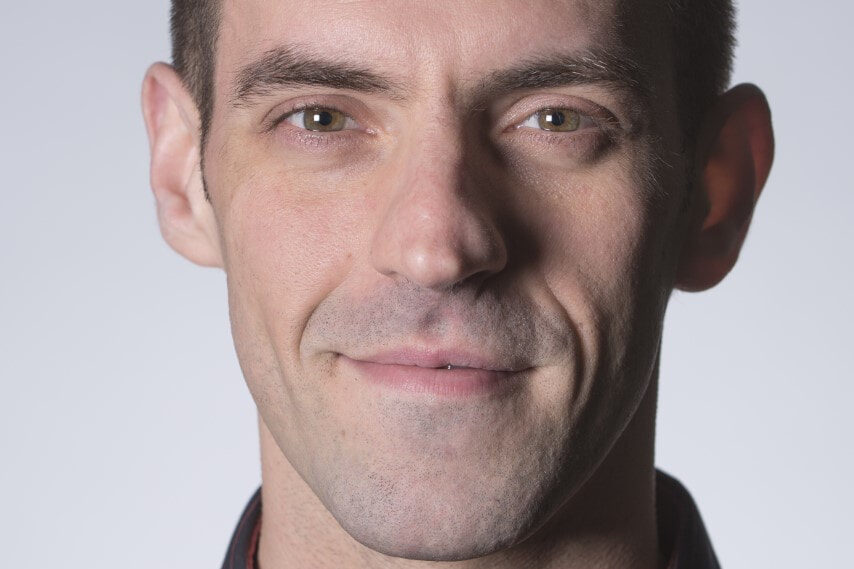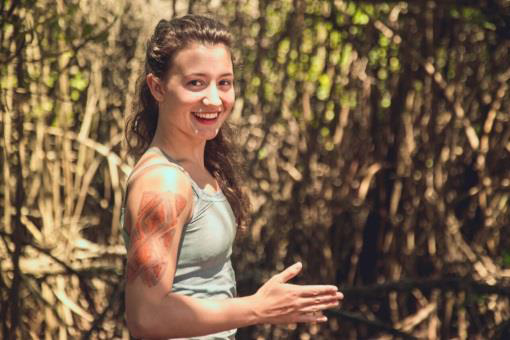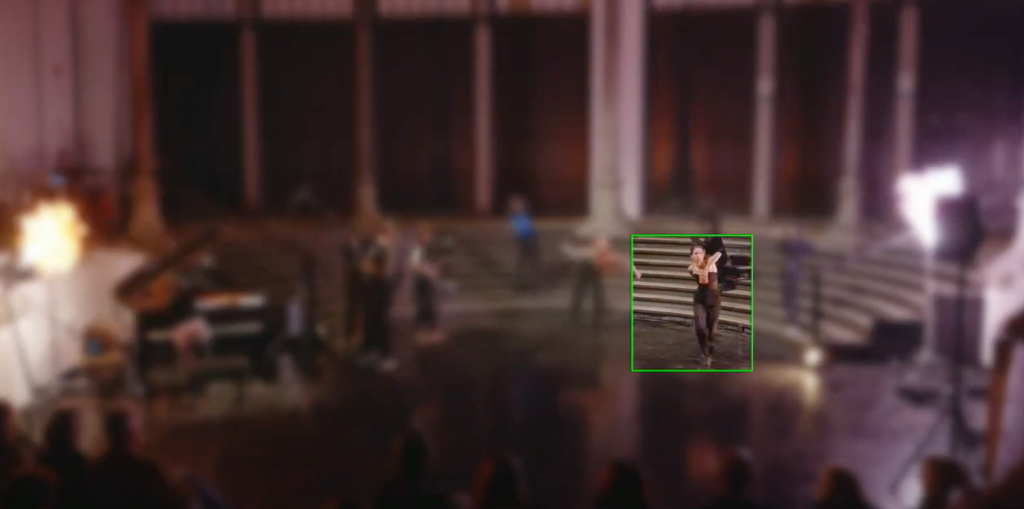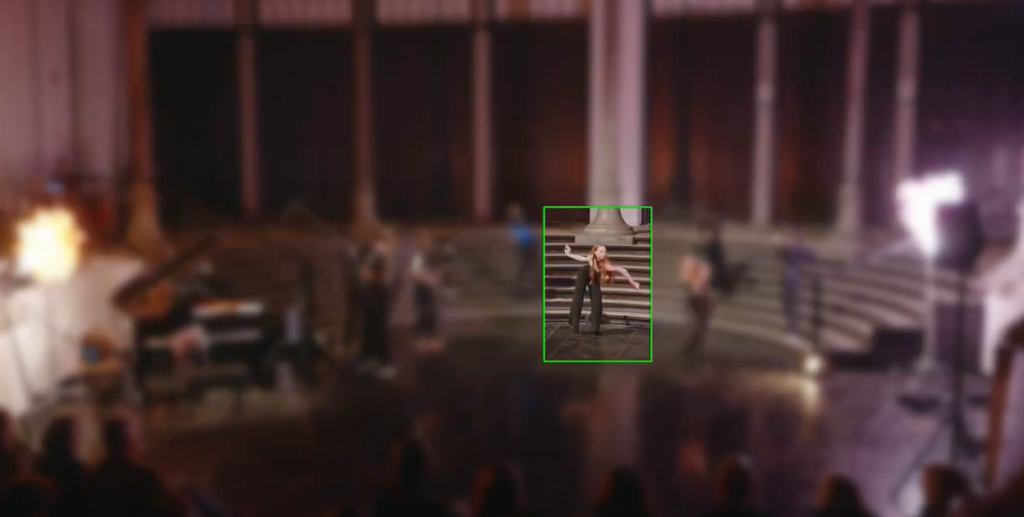In order to organise our work around specific research problems / experimental setups, we found it useful to set up different labs. Each lab involves a different subset of researchers, and therefore approaches the project’s research questions from a different perspective.
Notations
This part of the website is still under construction. As the project progresses, it will host a cartographic account of the different notations used during the project.
Conferences
The activity of the Atlas of Smooth spaces has included the assistance to a number oof conferences and public fori, listed here in reverse chronological order:
Performances
Below these lines are the public performances realised during the project, in reverse chronological order.
Publications
Here are some of the text published over the course of the artistic research project Atlas of Smooth Spaces, in reverse chronological order.
Project Team
Below are the artists-researchers who participate in the Atlas of Smooth Spaces in the Corporeal Arts, including their respective roles in the project.
What is a collision?
In this modus, two or more disciplines collide. To illustrate the guiding attitude for this modus, we imagine two islands with different cultures, different habits and different languages (body, sign and spoken languages). They engage in mutual visits to each others islands and try to show them their spaces. How can one create a set-up that extracts the essence of a smooth space phenomenon? What is spatial configuration? An empty room, the open field? Which objects are there? Which instruments should be used to record sounds or track motions? Which performers?
Collisions
This is a playful and experimental mode, whose output is a kind of Rosetta Stone, on which one spatial phenomenon is distilled in collaboration between two or more disciplines.
Fractal Lab
The Fractal Lab is rooted in the idea of an illusion of “fractal spatial qualities” created by sound oscillations, which are created by decomposing and phase-shifting musical motifs. From simpler studies for piano and recording device with compositions by Émile Jaques-Dalcroze and Klement Slavicky, a case study developed with the self-playing piano system CEUS by Bösendorfer. The study series was structured around six brief case studies. These investigated the concept of spatiality in its different facets and lead into a cycle of short pieces titled ‘six memos for a pianist and a self-playing piano’ after Italo Calvino’s unfinished lecture series ‘Six memos for the new Millenium’.
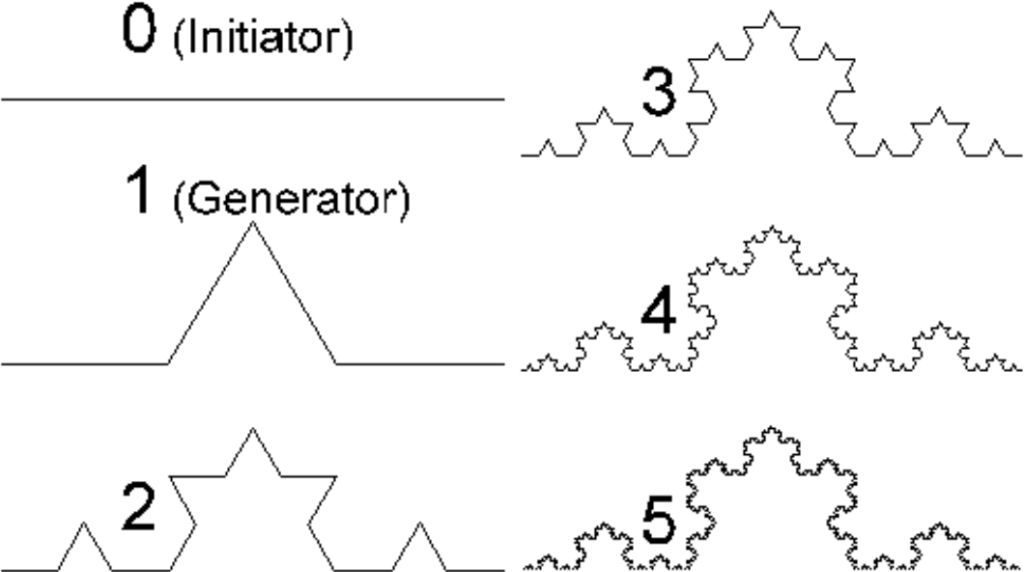
Here is some of the output produced in this Lab:
Furthermore in order to pursue this artistic investigation, we also developed a library of MaxForLive devices (TesserAkt) that perform all sorts of operations in the midi realm. These modules can be stuck in any configuration and connect to one another using midi CC messages. This library is open source and freely available for other artist-researchers to use and expand on:
Lab participants
Desire Machine Lab
The Atlas of Smooth Spaces is concerned with the space that is created around performers, shaped through performers and accessed by performers. Following this approach Desire Machine is a proposition of a smooth performative space for movement, sound, and light. The elements are arranged through the logic of assemblage developed by Deleuze and Guattari in A Thousand Plateaus.
Among the key methodological questions of the PEEK project is the issue of capture and creation of the smooth spaces by the means of notation:
“We argue along the lines of Deleuze and Guattari, that capture and creation are related to each other via a duality, which is notation. A notation attempts to capture anything ephemeral, to fix a system out of the many possible ones. A notation confines. However within the confines and limitations of an alphabet, the playful and the intensive (related to intensivity/uncountability) can prosper. Thus notation is itself a form of striation, but at the same time both a method for capture and a method for creation of smooth spaces. This duality is explored in great detail in the work of Deleuze and Guattari: “It does not just go from the smooth to the striated, it reconstitutes smooth space, […] it reimparts smooth in the wake of the striated”. Therefore “it is possible to live smooth even in the cities, to be an urban nomad”. (Deleuze, Guattari 1987, p.482)
Desire Machine follows this proposition by creating an organizational structure that allows unity through multiplicity, the simultaneous capture – creation process. This is achieved through the application of technology as both a smooth and striated form of notation.
- Theoretical challenges – Desire Machines – The logic of Assemblage
For Deleuze and Guattari, desire is not to be identified with lack, with the law, or with the signifier, but rather with production, with desiring-production in the social field. For them, the Oedipal myth and its institutionalization in psychoanalysis stand directly in the way of understanding the productive unconscious.
Desiring machines are the site of that production. For Deleuze and Guattari, every machine is a machine connected to another machine. Every machine functions as a break in the flow in relation to the machine to which it is connected, but is at the same time also a flow itself, or the production of a flow.
The concept first appears in Anti-Oedipus (1977), but in A Thousand Plateaus (1987), they instead speak of abstract machines and assemblages, At the same time they retain the core idea that desire’s basic function is to assemble and render machinic.
Moving beyond the notion of structure—assemblage operates as a relay concept, “linking the problematic of structure with that of change and far-from-equilibrium systems” (Venn 2006, 107 as cited in de Assis, P., & Giudici, P., 2021).
With its interplay between organization and unpredictability, the assemblage works as a dynamic concept, linking the problematic of structure with that of chance and continuous change.
A logic of assemblage, imperceptibly moving between the poles of content and expression has several consequences: the overcoming of unity in favor of multiplicity, of the essence in favor of the event, of being in favor of becoming, of elusive certainty in favor of informed inconsistency.
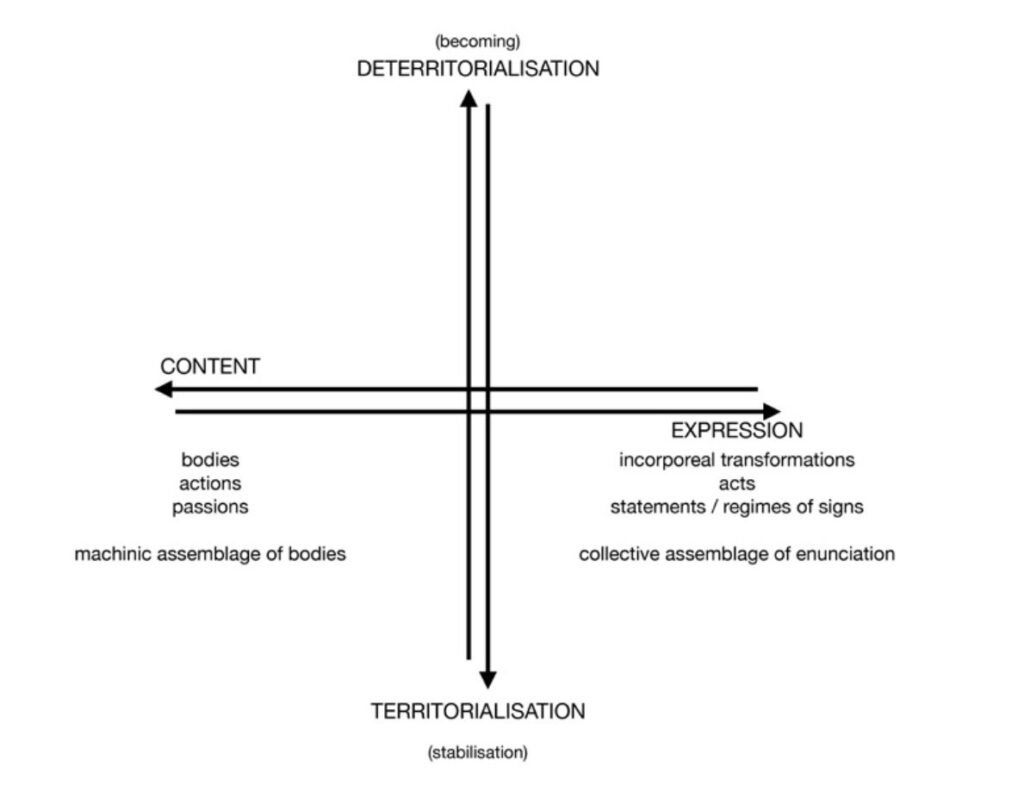
Elisabeth Grosz in Volatile Bodies (1994):
“Subject and object are series of flows, energies, movements, strata, segments, organs, and intensities – fragments capable of being linked together or severed in potentially infinite ways other than those which congeal them into identities.
[…] Production consists of those processes which create linkages between fragments, fragments of bodies, and fragments of objects.
[…] It is not that the world is without strata, totally flattened; rather, the hierarchies are not the result of substances and their nature and value but of modes of organization of separate substances. They are composed of lines, of movements, speeds, and intensities, rather than of things and their relations. Assemblages or multiplicities, then, because they are essentially in movement, in action, are always made, not found. They are consequences of a practice…”
Anne Sauvagnargues in Artmachines (2016):
[…] both image and sign are considered as instances of real production […] only in the relation to other signs and images, situated in ‘rhizomes’ and ‘ecologies’ that should be approached through ethology and experimentation rather than through interpretation.
[…] We now think of images as individuations embedded in an ecology of images, always in a state of becoming.
Desire Machine Lab focuses on creating a map of the fragments of an Assemblage in:
* anti-Oedipus, non-representational way
* non-hierarchic way
* in a non arborescent, rhizomatic way
* between the lines of content and expression
* between the image and sign
* between experimental and poetic
References:
de Assis, P., & Giudici, P. (Eds.). (2021). Machinic Assemblages of Desire: Deleuze and Artistic Research 3. Leuven University Press. https://doi.org/10.2307/j.ctv1595mb9
Grosz, E. (1995). Volatile bodies: toward a corporeal feminism. Choice Reviews Online. https://doi.org/10.5860/choice.32-3246
Sauvagnargues, A., Verderber, S., & Holland, E. W. (2016). Artmachines: Deleuze, Guattari, Simondon. Edinburgh University Press. http://www.jstor.org/stable/10.3366/j.ctt1bh2jvt
Here is some of the output produced in this Lab:
Furthermore in order to pursue this artistic investigation, we also developed a library of MaxForLive devices (DesireMachine) that interface with the DMX lights system This library is open source and freely available for other artist-researchers to use and expand on:
Lab participants
Boom Lab
The Boom Lab is a case study in the context of null space research in the discipline of direct sound. Various research processes with the participation of experts from Vienna (Film Academy, Academy of Fine Arts), Berlin (Deutsche Film– und Fernsehakademie Berlin, DFFB and Universität der Künste, UdK) and Potsdam (Filmuniversität Babelsberg Konrad Wolf) followed an experimental and recursive workflow.
Here is some of the output produced in this Lab:
Furthermore in order to pursue this artistic investigation, we also developed a MaxForLive device (SmoothOperator) that eavaluates smoothness in body movement in real time. This repository is open source and freely available for other artist-researchers to use and expand on:
Lab participants
Choir Lab
In the Choir Lab we discussed the underlying spatial concepts of choral scores from different epochs. The starting point of our discussion was Ligeti’s Lux Aeterna, which we worked on in the context of the participative performance Conducting Spaces at the Ars Electronica Festival in September 2021. The perfomance was directed by Hanne Pilgrim, Johannes Hiemetsberger with “company of music” and Adrian Artacho. This was our departure point for investigations into gestural notations and the emergent spatial effects of Ligetis piece. In the Lux Aeterna score we considered discrete time units to create intensive spatial qualities. We organized a special Lux-Aeterna workshop on the 15th of October 2021 to discuss experimental setups. The next smooth space lab focused on a particular setup, where a group of 16 participants was involved. We explored the 16 voices of the Lux Aeterna piece by a gestural movement improvisation, and captured the respective movements with a MiMU glove using Ableton Live. We also included video capture.
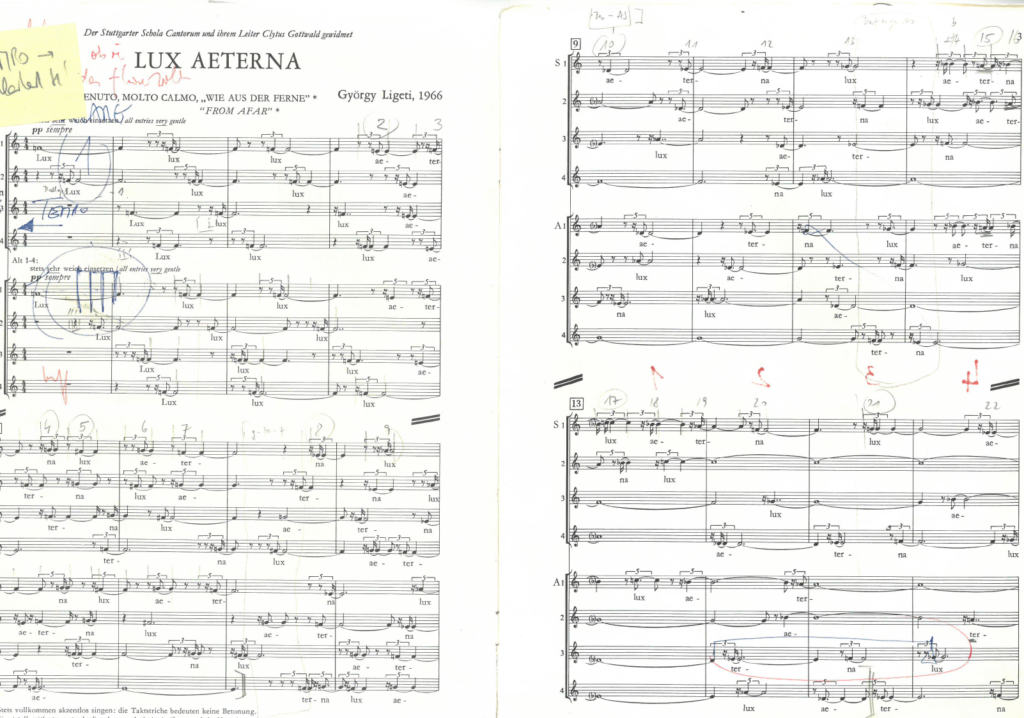
For more details see “Lux Aeterna Lab”….
Here is some of the output produced in this Lab:
Lab participants
Gesture Lab
The Gesture Lab is specific attempt to generate a notation from choreomusical gestures. Within the scope of this lab is the implementation of certain quantitative methods, that can be applied to the research of human gestures in a performative context.
Here is some of the output produced in this Lab:
Lab participants
Movement Choir Lab
In the Movement Choir Lab we compared, discussed and studied different choral scores that contain movement or scenic elements (see reference list below). Among other things, these discussions also served to look at how the different disciplines of choral conducting, eurhythmics and dance are related to each other in these scores.
Scores:
- Jaques-Dalcroze, Émile (EJD) (1915). Nouvelles Chansons avec gestes op.60. Lausanne: Jobin et Cie.
- Orff, Carl: Tanzlieder aus dem “Orff-Schulwerk” / Carl Orff, Gunild Keetman (1950–1954): Musik für Kinder. Bände 1–5. Schott Musik International.
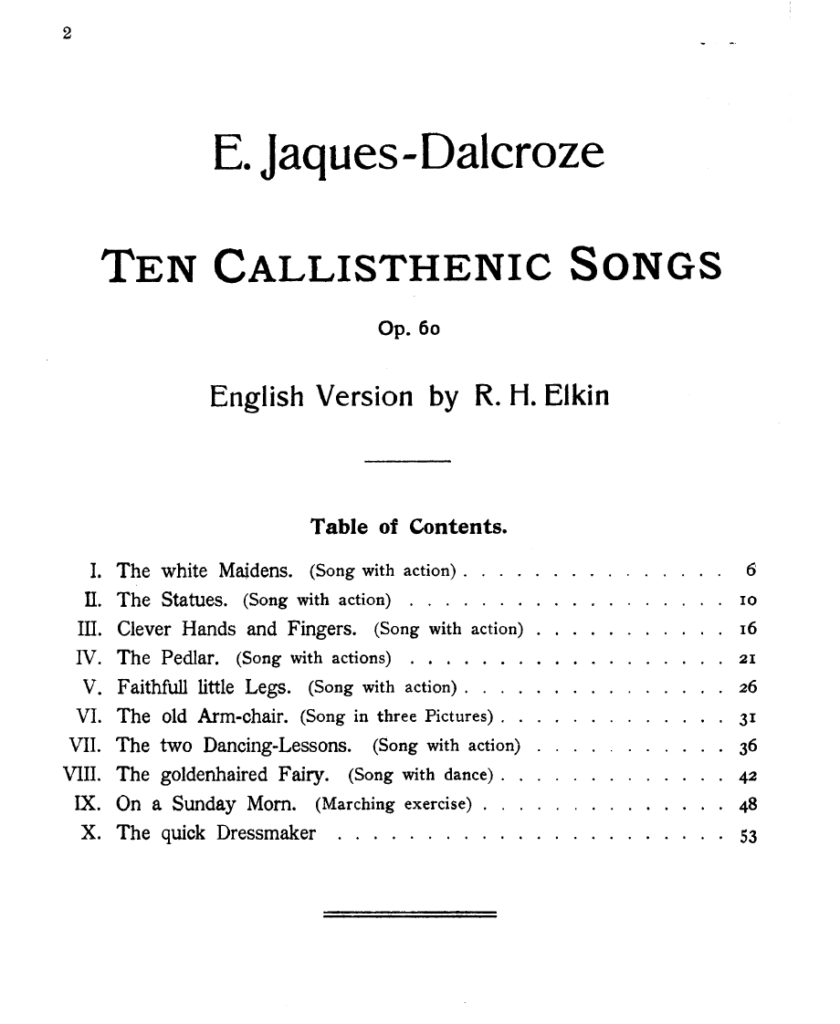
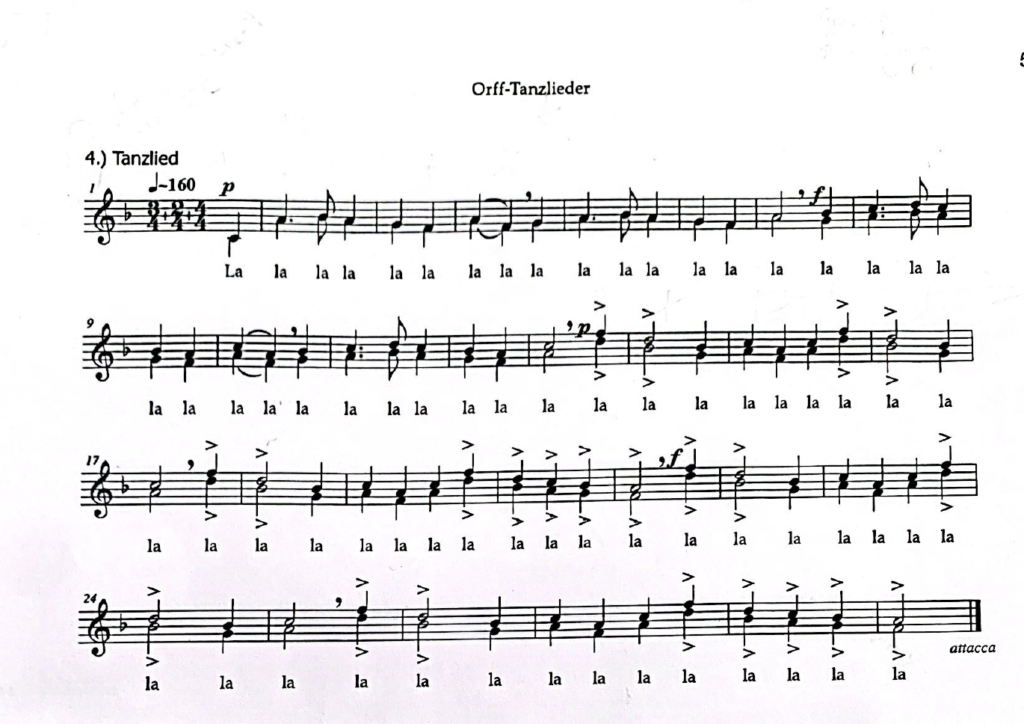
Here is some of the output produced in this Lab:
Lab participants
CHOIR CONDUCTING NULLSPACE
The duality between space and performers is at the heart of this audio-corporeal art. Space becomes the principal mediator of consonance, dissonance and resonance, of reflection and refraction, of emittance and transmittance, of harmony and disharmony, but also of suggesting and accepting, of guiding and following and of conducting and receiving. The space leverages this mediation and becomes saturated by it.
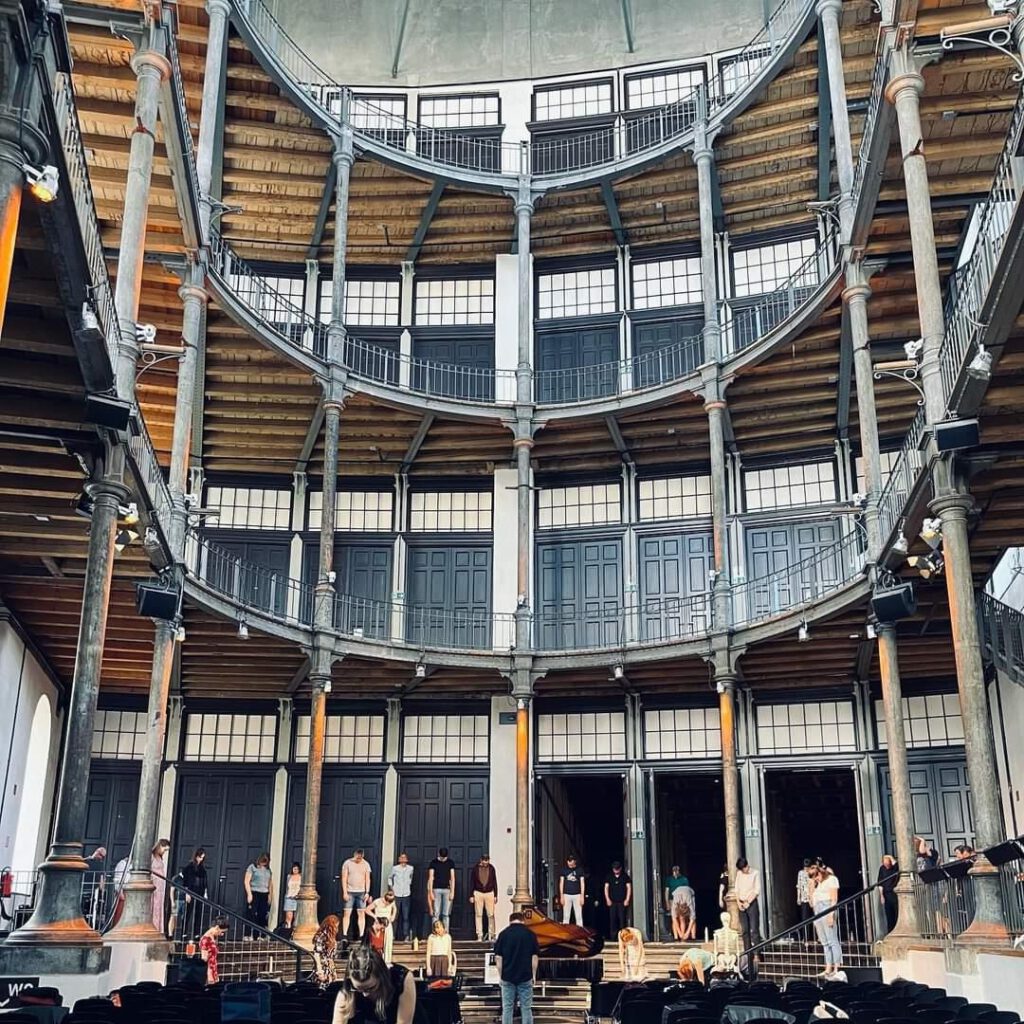
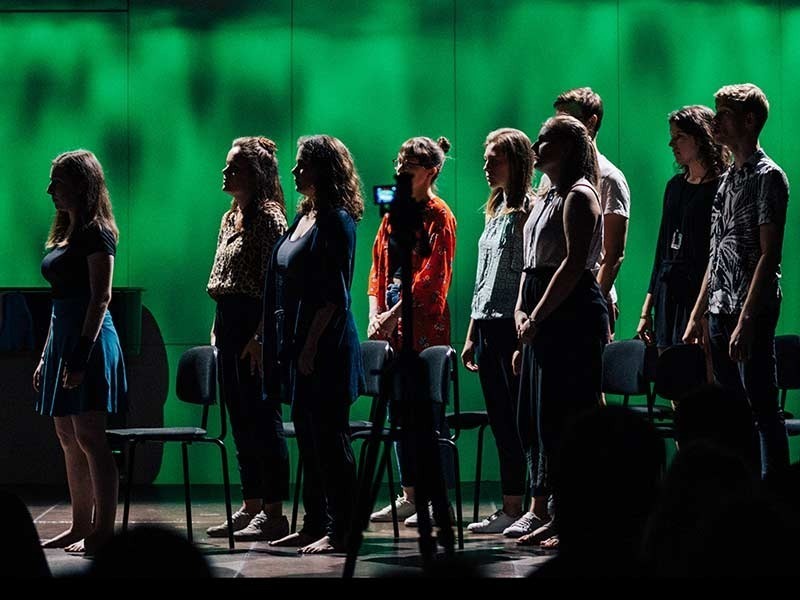
Then the question arises, who is conducting and who is conducted? Who or what is the instrument and what the instrumentation? A choir with all members being placed in isolated cubicles is not quite a choir. As few as two singers can elevate each other into a choir in cooperation with the ambient space. When tapping into the powers of space, singers can reinforce themselves into a homogeneous, space-pervading and elevating phenomenon. Is the reinforcing space then an instrument or a collaborator? Is the reinforcing and transmitting space the active and conducting source?
CHOIR CONDUCTING study cases:
\ Lux Aeterna
Studies of space from Ligeti’s choir score. Learn More
\ Mapping gestures
Conducting gestures to control audio in real time. Learn more
\ Audience participation
Participative approaches to choir polyphony. Learn more
Here is some of the output originated in this Nullspace:
Choir Conducting Representatives
DIRECT SOUND NULLSPACE
Every space has a unique sound spectrum associated to it. Just as an instrument has a range, a space of possibilities and of timbre, so does space itself. It is impossible to get a metallic sound out of a wooden instrument and vice versa. What eventually creates the character of sound in an instrument is of course the space, namely the resonance body. So, it is not surprising that each space has its very own character and timbre. Technically the relation between the space and its range of possibilities, its character so to say, is defined by the Fourier transform. The Fourier transform of a space yields all the possible frequencies that one may tap into during a spatial interaction.

Capturing the character of the sound it requires fishing. This is the art of Direct Sound. Fishing for sounds means to tapping into the spatial character. Technically it involves channelling frequencies that are present in space through a recording device, the Boom. In this research project we consider the fishing itself as a performative interaction with space in which both the acoustic free field (direct sound) and the acoustic diffuse fields are accessed through the Boom. Fishing for sounds is then the art of capturing the characters of both the localised and active direct sound vis-a-vis the de-localised and passive, diffuse sound.
We ask: How to fish for spatial qualities and sound characters? How can we read and interpret the diffuse field? Just like an encrypted memory it contains the archive of sounds in the space and as such we view it as a distilled source of spatial knowledge. Much like a conducting baton, the boom as an instrument has a special role as it translates the space into a signal, and this instrument requires a grammar, a syntax and a notation: A linguistics of the boom.
DIRECT SOUND study cases:
\ Boom choreography
Artistic experiments in boom movement in collision with other disciplines. Learn More
\ Boom as choreomusical practice
Space experimentations with the boom. Learn more
Here is some of the output originated in this Nullspace:
Direct Sound Representative
Forschungsforum @ ABPU
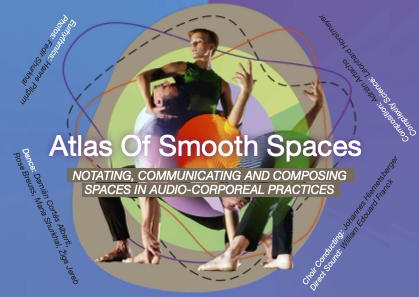
On 15 January 2025, the team of the Atlas of Smooth Spaces project presented an insight into three and a half years of artistic research in the disciplines of choral conducting, original sound (film), mathematics, rhythmics and dance at the ABPU’s Forschungsforum. In a lecture performance, the team took the audience on a journey through the laboratories, projects and results of the interdisciplinary artistic research.
Spherical dances
Score for dance quintet and movement choir
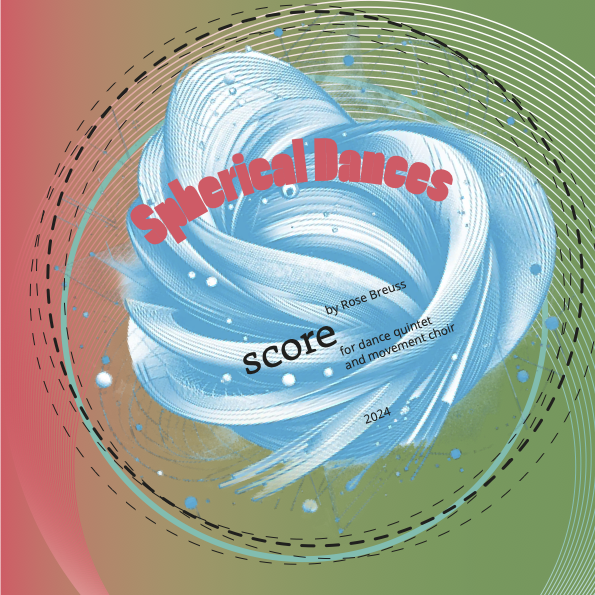
Spherical Dances configure dance movements by means of text, image and dance scores on the theme. They unfold from the processes of deciphering, scanning and incarnating this score. Movement is understood here as a broad spectrum of physical phenomena, impulses and mechanics, i.e. not only the mechanically visible movement of human limbs, but also inner movements such as breathing, changes in tension, perceptions, spatial references, contacts, touches, points in space and time. In re-actions to their view and their interpretation of the material, dancers invent movements and (temporal) spaces. Such thematically arranged re-action chains appear analogous to the dramaturgy of hope – a dramaturgy that seeks to shape and change re-action chains from the conditions of reality.
Persistent identifier: https://phaidra.bruckneruni.at/o:3798
Révélations @ Kunstzentrum Wachsfabrik
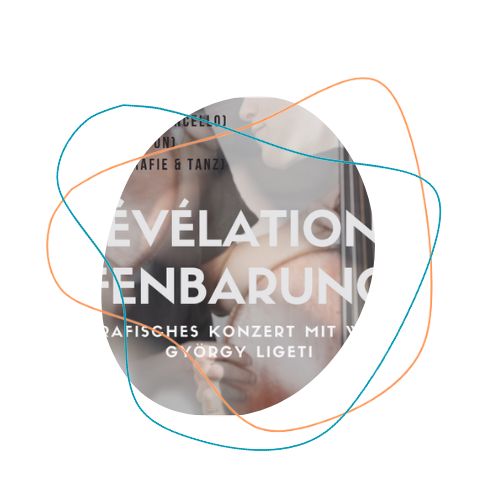
In Révélations [Offenbarungen] kreieren Marie-Louise Wundling (Cello), Hanne Pilgrim (Choreografie und Tanz) und Moritz Wesp (Elektronik und Posaune) einen audio-korporalen Raum. Dieser spannt einen Bogen zwischen Ligetis Sonate für Violoncello solo (1948) zu seinen in den Kölner Studios für elektronische Musik entstandenen elektronischen Kompositionen Glissandi (1957) und Artikulation for Tape (1958). Ligetis Werke sind dabei in verschiedene Raumfigurationen eingebettet. Sie erklingen in einer dynamisch-beweglichen Anordnung zwischen der Cellistin, der Tänzerin, die Ligetis Musik mit ihrem Körper interpretiert, den Stimmen beider Protagonistinnen, den Lautsprechern und dem Publikum. Der Raum zwischen den Performenden und den Lautsprechern entsteht aus Gesten des Dialogs. Dialog, in Révélations verstanden als ein „zwischen den Worten sein“, wird von Ligeti auch in der Vortragsbezeichnung des ersten Satzes der Cellosonate angesprochen. Der Tanz / die Bewegung als animierte Plastik spiegelt die Musik im Raum, gibt ihr eine kinetische Energie und eine körperliche Präsenz: Schwünge, Drehungen, Raumwege, Handgesten, Atemmuster, Artikulationen, Reibungen, Konsonanzen, Stille.
Die Lautsprecher als klangerzeugende Körper, von uns Objets Sonors Vivants genannt, nehmen den Raum auf ihre Weise ein. Sie treten in Verbindung mit den Performerinnen, interagieren mit ihren Kinesphären und jenen des Publikums.
Where: Kunstzentrum Wachsfabrik
When: 2024-07-18
Mit Pauken und Paläste
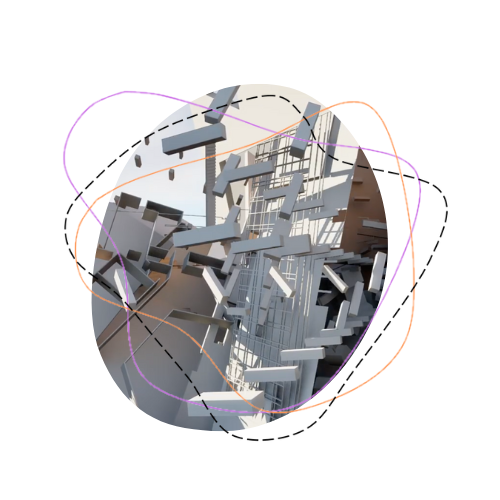
In Zusammenarbeit mit dem Resident Music Collective (RCU) und dem Humboldt Forum Berlin erforschen wir in diesem transmedialen Konzertexperiment die Nutzung von Raum, Projektion und interaktiven Installationen, um das Engagement und die Beteiligung des Publikums zu fördern.
Where: Humboldt Forum Berlin
When: 2024-03-28,30,31
Who: Hanne Pilgrim, Adrián Artacho, Rose Breus, Junjian Wang.
Tallis in Wonderland (reference)
Space analysis (after Smalley)
Examples of zoned space (in these cases, the agential space around two different performers):
EPARM 2024 – Audiovisual material
Below these lines are the videos complementing our application for the AEC European Platform for Artistic Research in Music (EPARM) meting in 2024:
Six Memos @ Porgy & Bess
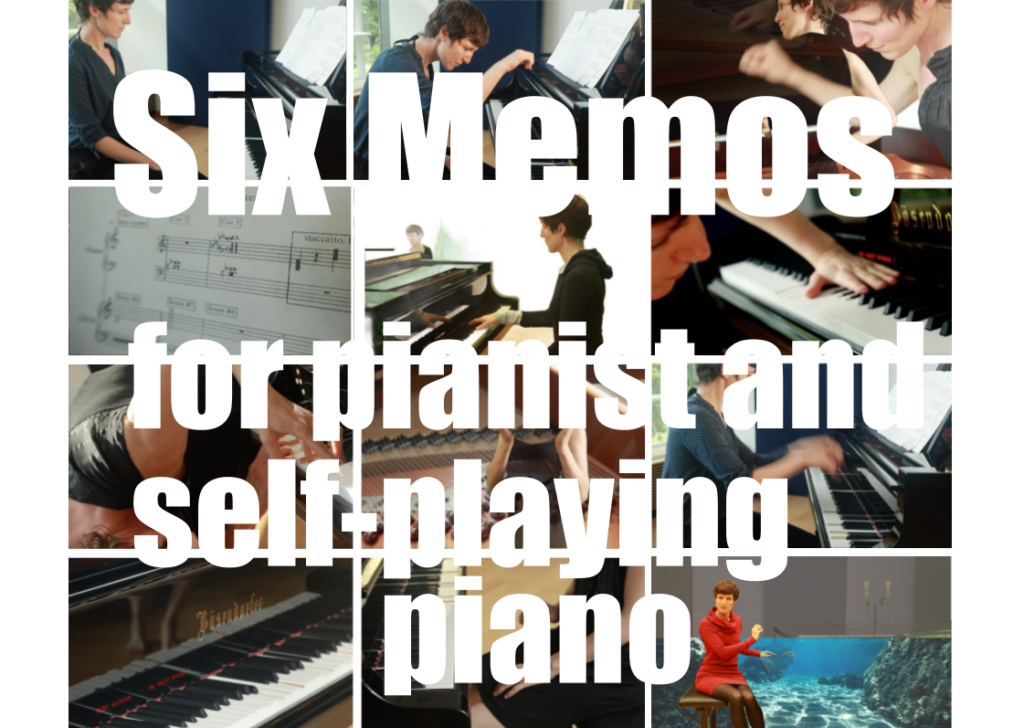
An experimental serie for Pianist (Hanne Pilgrim) and self-player Piano (Bösendorfer CEUS) that explores the spaces between the performer, the instrument and everything around them.
Where: Porgy & Bess / Strengen Kammer
When: 2023-11-13
Who: Hanne Pilgrim, Adrián Artacho, Markus Kupferblum, Leonhard Horstmeyer.
Vorstellung des PEEK-Projekts „Atlas of Smooth Spaces“ @ Forschungsforum
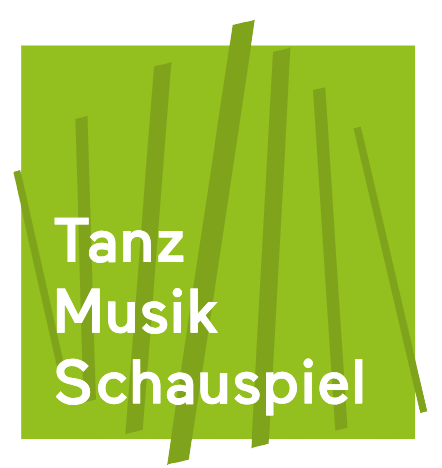
Image by: ABPU
Das Forschungsforum der ABPU findet am 07. November 2023 statt, mit einem Gastbeitrag des FWF. Ab 20 Uhr wird das Tanzteam des Atlas of Smooth Spaces den Fortschritt dieses PEEK-Projekts präsentieren. Mehr Infos hier.
Where: ABPU (Linz)
When: 2023-11-07, 17:30h
Who: Rose Breuss, Mariia Shurkhal, Damián Cortés Alberti, Marcela López, Kai Chun Chuang
Tallis in Wonderland | MEDIA
Here are is the video material we got so far. You can browse it in:
[ Atlas DRIVE / 2023-10-08 Tallis in Wonderland / TiW | Media ]
Video 1: TRAILER.mov (“Shlomowitz Dances” in daylight)
Video 2: Performance_Documentation.mov (ca. 1 hour footage)
SCORES | Zwischen Dokumentation, Vermittlung und Kreation
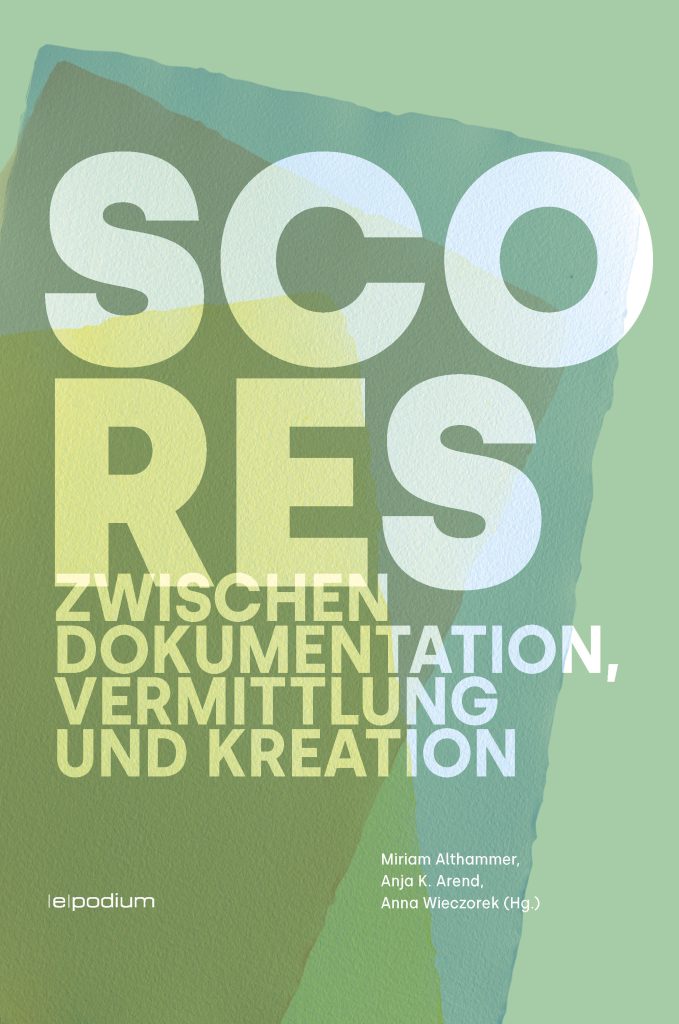
Scores sind derzeit in aller Munde. Choreografien und Performances basieren auf Scores, generieren und modifizieren sie. Auch die Tanzwissenschaft hat Scores als tanzspezifische Medien entdeckt. Dabei reicht das Verständnis eines Scores von der einzelnen, spontan entstandenen Linie auf einem Blatt Papier über komplexe Konzepte oder schriftliche Bewegungsanweisungen bis hin zu äußerst diffizilen (Zeichen-)Systemen.
by: Miriam Althammer / Anja K. Arend / Anna Wieczorek (Ed.)
Edited by: epodium
Who: Rose Breuss, Maria Shurkhal
SCORES: Zwischen Dokumentation, Vermittlung und Kreation
This post comprises three contributions to the publication SCORES: Zwischen Dokumentation, Vermittlung und Kreation, edited by Miriam Althammer, Anja K. Arend and Anna Wieczorek.
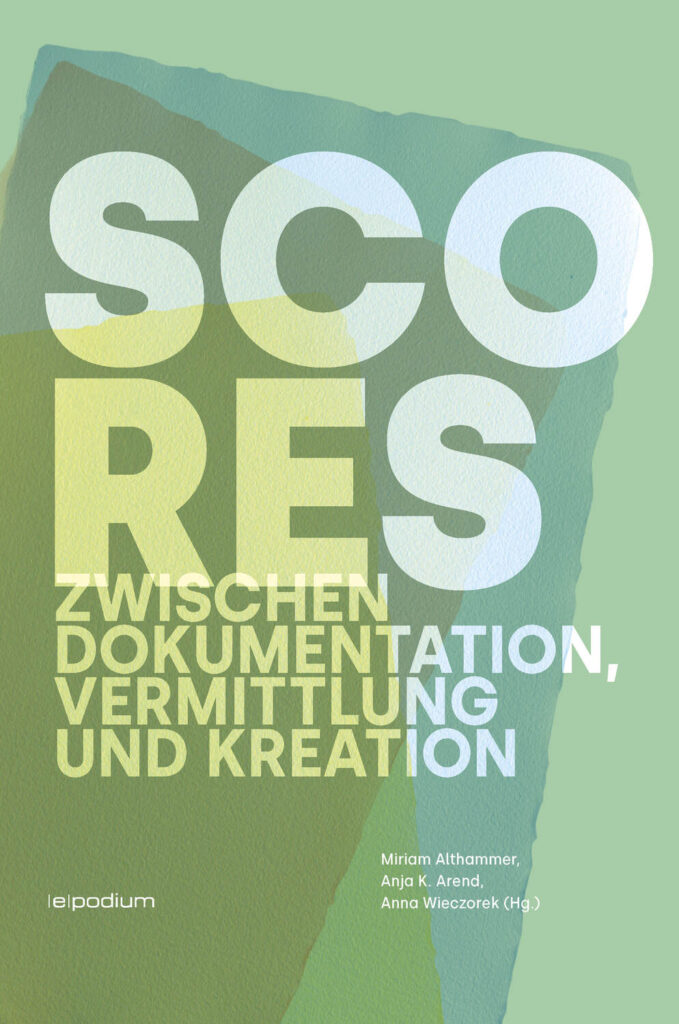
This study on the artistic dance research project Atlas of Smooth Spaces, Notating, Communicating and Composing Spaces in Audio- Corporeal Practices comprises three parts by three authors, and shows a joint work on Dorothee Günther’s drawn exercise series from three different praxeological approaches. In part one Rose Breuss describes the project in brief, outlines its notation-theoretical background, and presents a series of notational compositions.
In part two Damián Cortés Alberti exposes praxeological procedures, using diffraction and transmediation as a research method—applied in his doctoral dance research—and its transfer to the artistic creations of the Off Verticality Dance Company.
In part three Marcela Mariana López Morales presents selected aspects of her doctoral research, which focuses on historically informed creation processes and their modes of appropriation, transformation, documentation, and re-signification in dance practices.
Live Electronic notations
Callisthenic Songs
- Jaques-Dalcroze, Émile (EJD) (1915). Nouvelles Chansons avec gestes op.60. Lausanne: Jobin et Cie.
- Orff, Carl: Tanzlieder aus dem “Orff-Schulwerk” / Carl Orff, Gunild Keetman (1950–1954): Musik für Kinder. Bände 1–5. Schott Musik International.


DesireMachine
Furthermore in order to pursue this artistic investigation, we also developed a library of MaxForLive devices (TesserAkt) that interface with the DMX lights system This library is open source and freely available for other artist-researchers to use and expand on:
Symbiotic Spaces: dialogues between a pianist and a self-playing piano
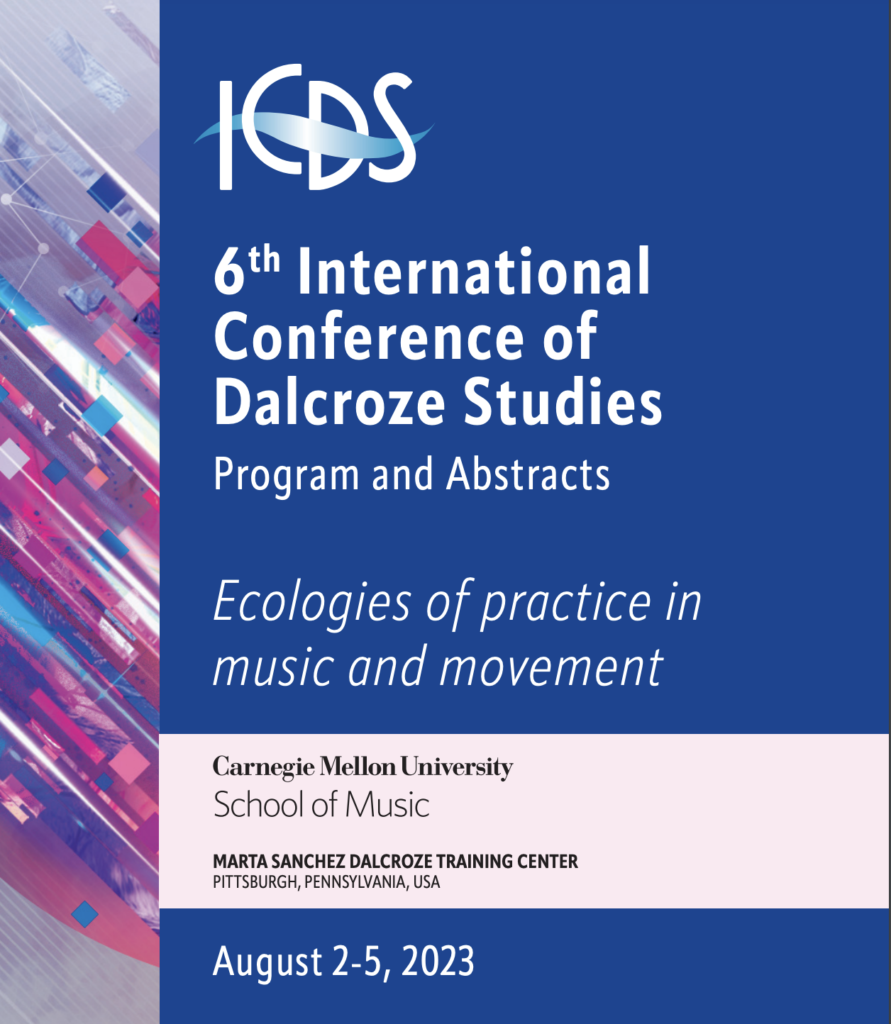
Image by: ICDS6
Research paper on sketches from our research process investigating spatial qualities in eurhythmics performance as a specific audio-corporeal practice, within the context of the artistic research project ‘Atlas of Smooth Spaces’.
Where: Carnegie Mellon University, Pittsburgh USA
When: 2023-08-04, 8:30h
Notation: SixMemos
Six memos for a pianist and a self-playing piano – an artistic investigation of spatial phenomena with the self-playing piano system CEUS by Bösendorfer
Adrián Artacho, Leonhard Horstmeyer, Markus Kupferblum, Hanne Pilgrim
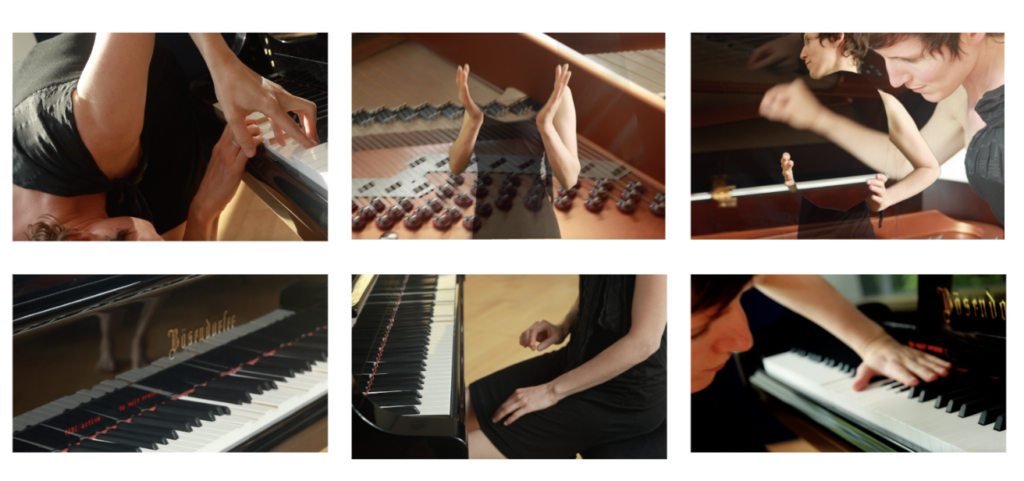
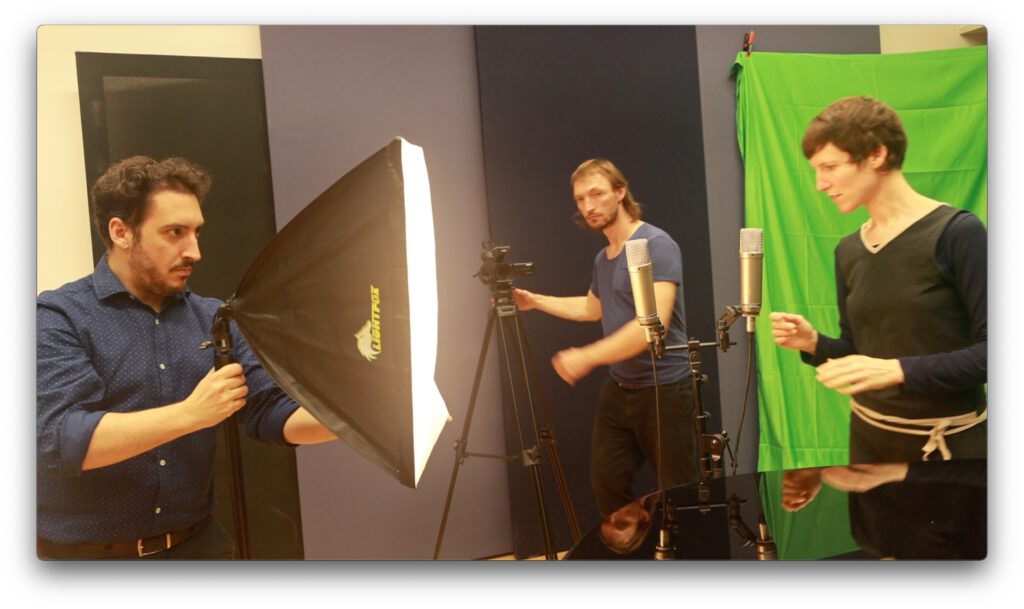
Code
TesserAkt library
The TesserAkt library is a collection of MaxForLive devices designed for real-time midi manipulation. These devices were developed in the context of the Fraktale Lab, within the artistic research project Atlas of Smooth Spaces (FWF 640) at the University of Music and Performing Arts Vienna.
Dieses Werk wurde mit freundlicher Unterstützung des österreichischen Bundesministeriums für Kunst, Kultur, öffentlicher Dienst und Sport realisiert.
This environement is developed and mantained by Adrian Artacho. The online repository can be found here:
https://bitbucket.org/AdrianArtacho/tesserakt/
| Name | Description |
|---|---|
| Tesser_cmd | Launches a function based on midi input |
| tesser_automidi | Similar to 'autotune', reshapes a midi input |
| tesser_block | Blocks CC/Midinotes dynamically |
| tesser_buffer | This device allows to save and recall bits of audio |
| tesser_cc2note | Converts a midi inout onto midinotes |
| tesser_cc2params | Maps CC input onto ranges and parameters |
| tesser_cc2signal | Create a signal-structured stream of midi |
| tesser_chains | Renames midinotes based on lists |
| tesser_clip2cc | Translates midinotes to CC values |
| tesser_clips | Launches clips via midinotes or CC |
| tesser_cue | Aural warnings to the performer |
| tesser_delay | Takes a midi input and delays it by an amount of time |
| tesser_dynamic | Manipulate note velocity in different ways |
| tesser_fade | Fades in/out (increases/reduces midi velocities) |
| tesser_fractal | Fractal Video manipulation |
| tesser_function | Manipulates midi input based on a function |
| tesser_funnel | Maps differently sized lists of midi IN/OUT values |
| tesser_gate | Open/Close the midi stream dynamically |
| tesser_gesture | Extract a gesture from a stream of midi values |
| tesser_inscore | Interfaces with INScore (midi input) |
| tesser_livescore | Score display of midi |
| tesser_mirror | Mirrors midi values dynamically based on a 'center' |
| tesser_mutate | Introduces mutation in a given midi sequence |
| tesser_note2cc | Converts midinotes onto CC |
| tesser_pedal | Specific midi keyboard pedal interface |
| tesser_pgch | Generate program change messages based on midi |
| tesser_ramp | Generates ramp of values for a given time |
| tesser_ranges | Allows/Blocks specific midi ranges dynamically |
| tesser_recall | Saves and recalls midi sequences dynamically |
| tesser_route | Routes midi input dynamically |
| tesser_scale | Scales midi input dynamically |
| tesser_signal2midi | Takes in a signal (audio) and converts it to midi |
| tesser_threshold | Allows/Blocks midi input based on threshold values |
| tesser_videoloop | Live capture looping |
| tesser_visuals | Produce visuals (Max/jitter) based on midi |
Mut, jede Stimme zählt @ Volkstheater
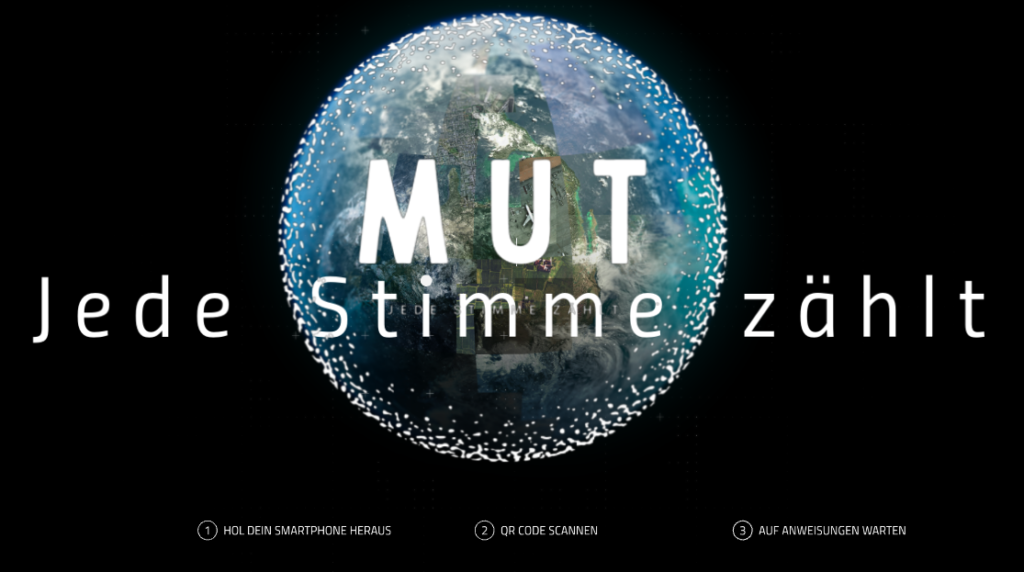
Image by: Adrián Artacho
Mut – jede stimme zählt is a participative choir performance designed to blur the lines between performers and audience. The piece is written for an 8-part choir (regardless of voice pitch), which should be roughly equal in size and distributed in the areas where the audience is located. The ninth voice is intended for the audience itself, who can also participate via their smartphones.
Where: Volkstheater Wien
When: 2023-05-21, 18h
Notation: Mut, jede Stimme zählt
„NOW, as I was about to….“ @ Brückenfestival
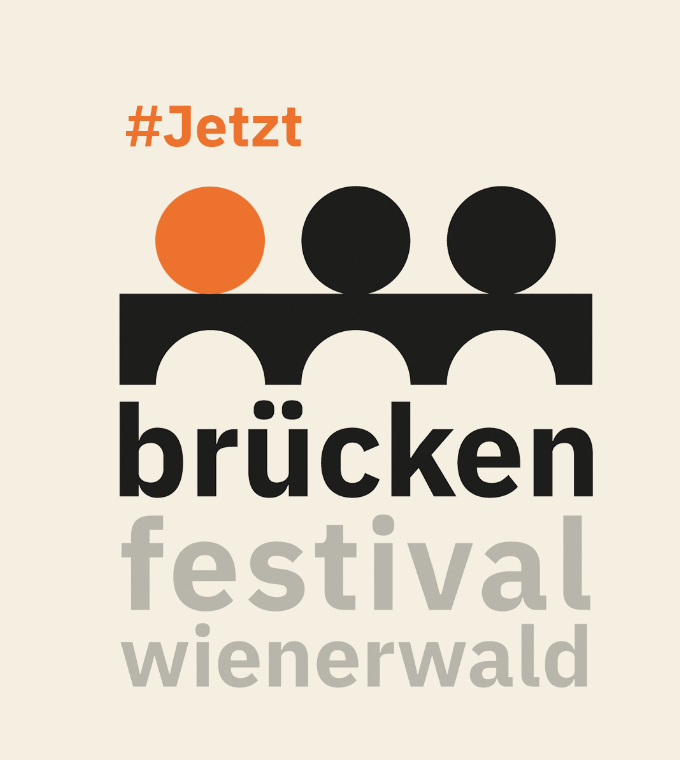
Image by: Johannes Hiemetsberger
In the performance „NOW, as I was about to….“, 4 dancers, 10 singers, 1 choir conductor, 1 pianistperformer, 1 composerlive-electronicist and 1 complexity scientist*performer create moments of the present. The swinging, falling, tilting, catching, circling, searching, flowing in, around, through and in the NOW manifests itself in audio-corporeal spaces – near and far, dense and porous, interrupted and continuous, eternal and fleeting….
Where: Brückenfestival Wienerwald, Eichgraben (Austria)
When: 2023-05-06, 20h
Who: Rose Breuss, Kai Chun Chuang, Damian Cortés ALberti, Johannes Hiemetsberger, Leonhard Horstmeyer, Marcela López Morales, Mariia Shurkhal, Adrián Artacho, Hanne Pilgrim and Company Of Music
/spɜm/ @ Linz
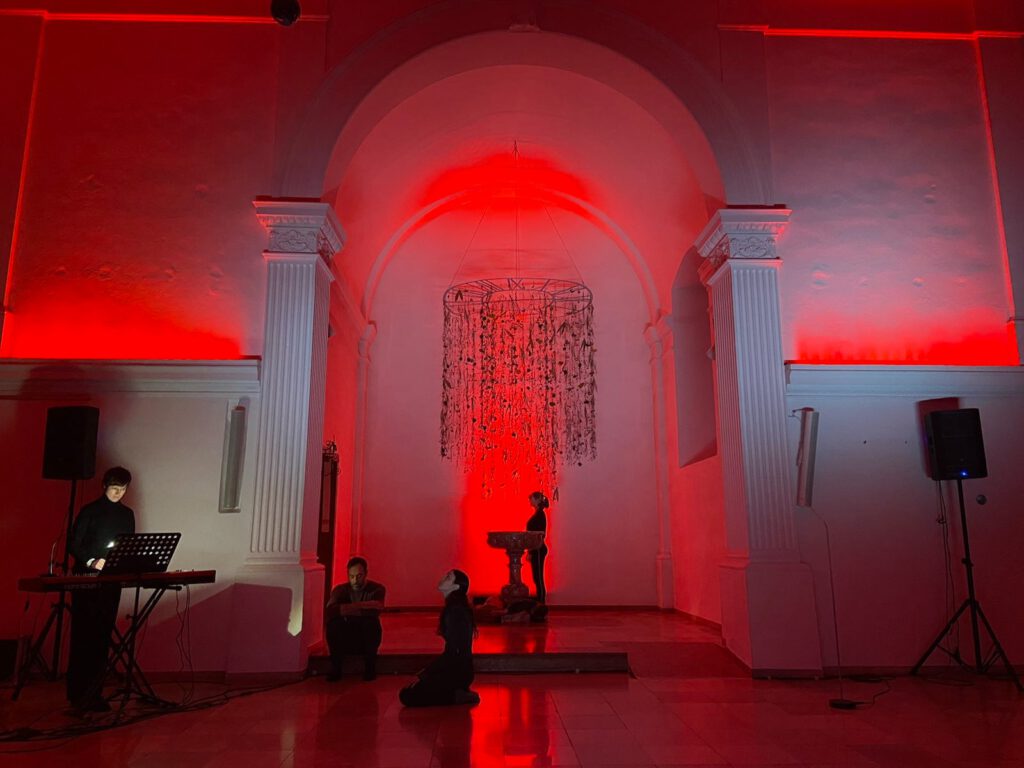
Photo by: Raino Rapottnig
TANZ AM FLUSS Aus der Serie Strich/Figuren I-IV der Cie. Of(f) Verticality
Where: Stadtpfarrkirche Urfahr, 4040 Linz (A)
When: 2023-01-24, 19h
Who: Rose Breuss, Leonhard Horstmeyer, Adrián Artacho, Hanne Pilgrim and Students of the ABPU.
Dancers ANNUAL
The article describes the artistic research project “Atlas of Smooth Spaces – Notational Practices of audio-corporeal arts,” funded by the Austrian Science Fund FWF from 2021 to 2024. The project is a collaboration between the University of Music and Performing Arts Vienna and other institutions. It explores the space created by dancers and choreographers, focusing on their spatial practices and choreographic spatial concepts.
dancers-2022The research involves a group of professional dancers, choreographers, and musicians, as well as a mathematician. They investigate how dancers and choreographers suspend spatial constraints and create new, virtual, visionary spaces. The research group presented their studies and artistic performances at the Rosenberg Dance Research Festival in October 2022 at the Anton Bruckner Private University. The festival provided a platform for the research practices of dancers and choreographers, with an international group of dancers presenting and discussing their work.Other activities took place in collaboration with the dance company Choreographia[Inter]Austriaca, Consort of Spectacle, Performance, Dance, and with the Chorus Sine Nomine. Choreographia[Inter]Austriaca, a collective of dancers and choreographers, focuses on incorporating neglected, migrant-influenced archival and notation material into their choreographic processes. They presented a Vienna premiere on November 1, 2022, at brick-5, featuring choreographies developed experimentally within the “Atlas of Smooth Spaces” research project.
5 Pieces – Dance Cie. Off Verticality @ Brick5
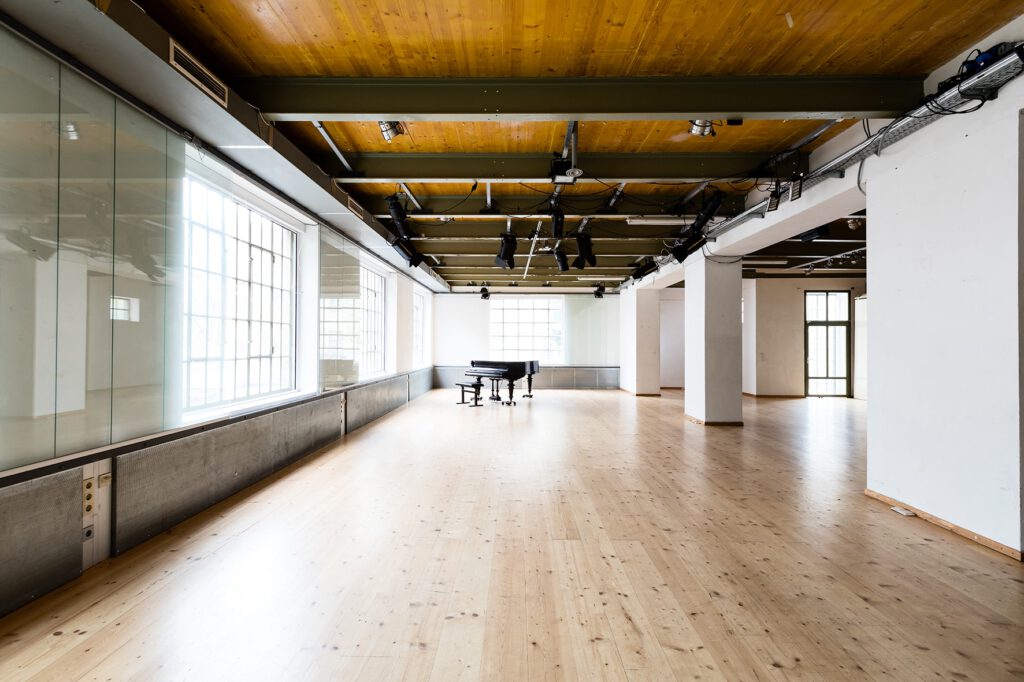
Image by: Brick5
Dance Cie. Off Verticality was founded in 2009 and draws on orphaned yet fascinating archival and notational material from past and present dances to inspire its choreographic movement inventions. Research-oriented working methods situate the ensemble beyond conventional production practices. Damián Cortés Alberti, Rose Breuss, Kai Chun Chuang, Boglárka Heim, Žiga Jereb, Julia Mach, Marcela López Morales, Eszter Petrány and Maria Shurkhal present five excerpts from their dance repertoire. The pianist Johannes Marian enriches the programme. The work of the Dance Cie. Off Verticality is supported by, among others, the Province of Upper Austria, the City of Linz and the FWF-PEEK project Atlas of Smooth Spaces.
Where: Brick5 (ehemalige Turnhalle)
When: 2022-11-01, 19:00h
Who: Rose Breuss, Damián Cortés Alberti, Marcela López Morales, Mariia Shurkhal, Kai Chun Chuang
Desire Machine @ Rosenberg Festival
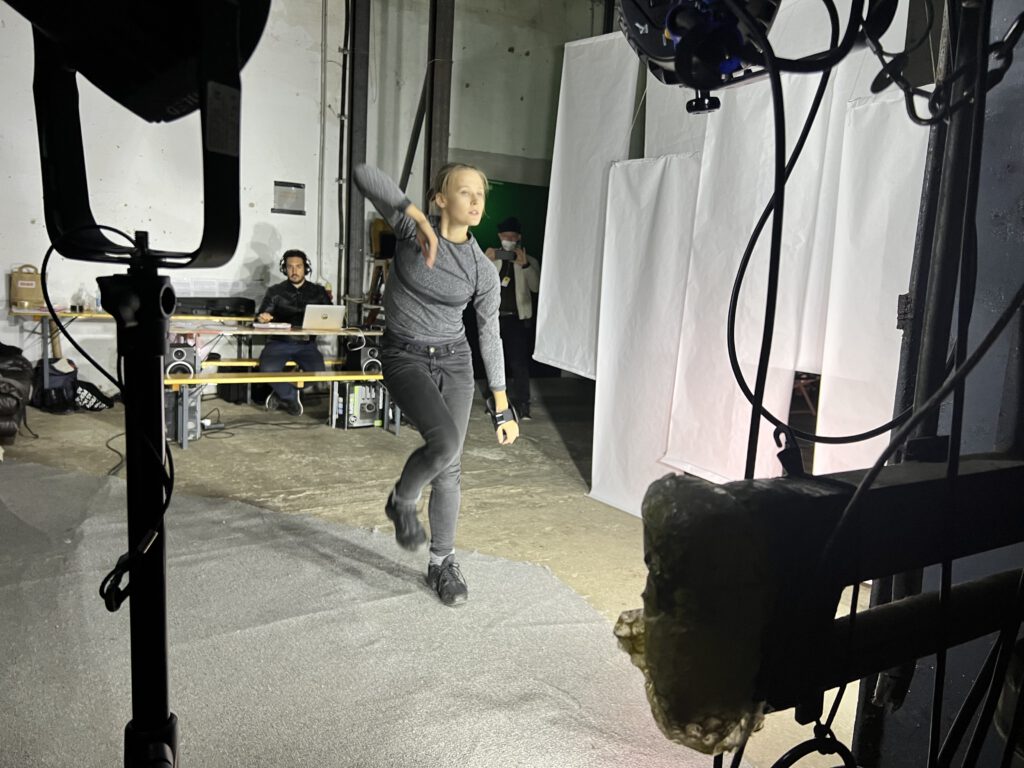
Image by: Leonhard Horstmeyer
Presentation of the ‘Desire Machine’ Lab at the Rosenberg Dance Research Festival.
Where: ABPU
When: 2022-10-27, 12:00h
Rosenberg Dance Research Festival
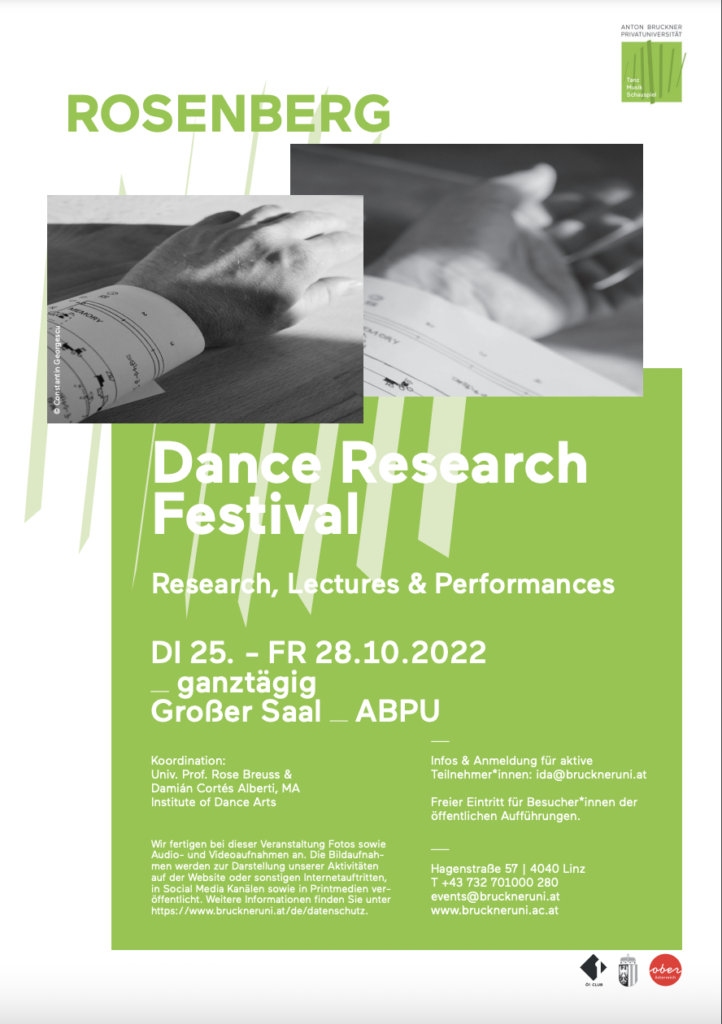
Image by: Rose Breuss, Damián Cortes Alberti
The festival, which is being held for the first time at the Anton Bruckner Private University, focuses on dancers from an international dance community and their current artistic research projects. Classical discourse and performance formats are expanded by lecture performances and studios that reveal and discuss the theoretical foundations of dance practices. Contemporary dance proves to be a multiply networked, “nomadic” milieu that is paradigmatic for contemporary artistic creation in its historically founded but underestimated internationality.
Where: Volkstheater Wien
When: 2022-10-25, 14h
Who: Marcela López Morales, Mariia Shurkhal, Adrián Artacho, Rose Breuss, Damián Cortés Alberti, Kai Chun Chuang, Leonhard Horstmeyer, Hanne Pilgrim and Adrián Artacho
Video presentation „Six Memos for a pianist and a self-playing piano” @ MDW

Collage from video Stills from Markus Kupferblum
The composition “Six memos for a pianist and a self-playing piano” emerged from a peer-to-peer interaction between Adrián Artacho and Hanne Pilgrim with the self-playing piano “CEUS” by Bösendorfer as case study on the null space of Eurhythmics. Markus Kupferblum developed a cinematic concept for the six co-created compositions by Adrián Artacho and Hanne Pilgrim.
Where: University of Music and Performing Arts Vienna
When: 2022-10-01, 20h
Desire Machine @ Schmiede Hallein

Image by: Mariia Shurkhal/Adrián Artacho
Desire Machine – An artistic exploration of the performative space during Schmiede Hallein 2022
Where: Schmiede Hallein (Hallein, Austria)
When: 2023-09-15, 19h
SALTA
Salta is a bundle of python scripts conceived to process performance data in ecological conditions.
The characteristics...
Movement and Computing Conference (MOCO’22)
MOCO is an interdisciplinary conference that explores the use of computational technology to support and understand human movement practice (e.g. computational analysis) as well as movement as a means of interacting with computers (e.g. movement interfaces). This requires a wide range of computational tasks including modeling, representation, segmentation, recognition, classification, or generation of movement information but also an interdisciplinary understanding of movement that ranges from biomechanics to embodied cognition and the phenomenology of bodily experience.
The 8th International Conference on Movement and Computing Conference took place 22-24 June 2022 in Chicago, Illinois (USA). Adrián Artacho and Leonhard Horstmeyer presented the SmoothOperator: A Device for characterizing Smoothness in Body Movement.
Boom notation workshop
_Calling the Spirit @ Imago Dei
IMAGO DEI – Calling the Spirit – Skrjabin Mysterium
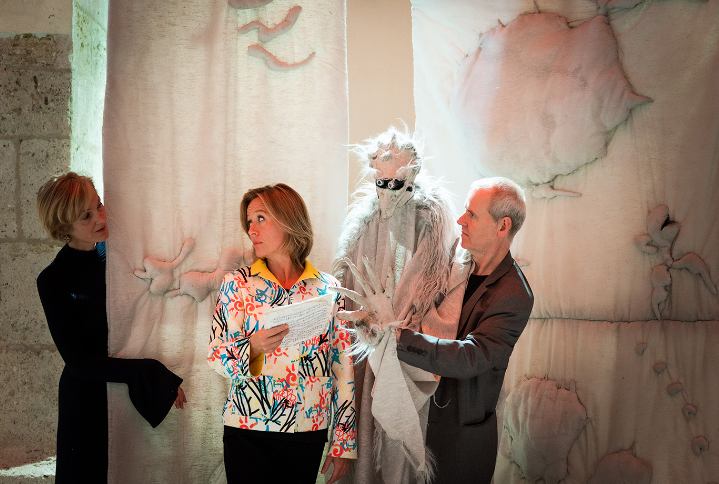
Image by: David Visnic
The mystery as an idea occupied a central position in Alexander Scriabin’s (1872-1915) work and permeated his entire artistic output. The mystery was not to be “theatre”, it was to become reality, real experience, a moment of the act of creation, consisting of the synthesis of three arts: Poetry, music and sculpture (as mime and dance). Therefore, the boundaries between performers and audience fall, all are “initiated”, all become participants in a great evocation.
“Scriabin – We conjure you! Come! Every word, every gesture, every sound is there to summon you, Alexander Nikolayevich Scriabin!”
This call happens with all the senses. The ritual arises in the moment. Where is the I? Where do we find the higher level of consciousness? The sensuality of music is physical. It is movement, touch, a physical aspect of experience. We adopt postures, we develop gestures, we expand space and stretch time.
Being together is in the foreground. Listening, thinking, contemplating makes us participants in the mystery. Through the change of perception we become part of infinity. Where are the abysses of feeling? How is consciousness awakened to higher things? Vers la flamme. Aren’t the puppets already looking at us from the other world?
Art is mystery. The mystery is all of us – in the moment.
Where: IMAGO DEI Festival,
When: 2022-03-19, 18:00h
Who: Rose Breuss, Kai Chun Chuang, Damian Córtes Alberti, Marcela López Morales, Mariia Shurkhal
Choreographia[Inter]Austriaca and Altenberg Trio @ Minoritenkirche
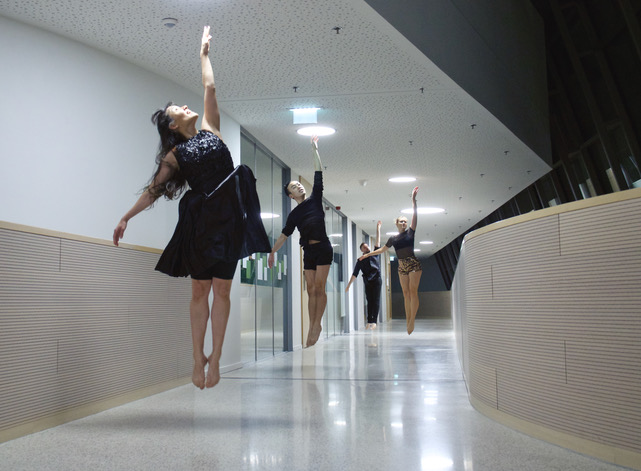
Photo by: Constantin Georgescu
Performance of the company Cie. Verticality at the Minoritenkirche in Wels, together with the Altenberg Trio.
Where: Minoritenkirche, Minoritenplatz 3, Wels. Stadtpfarre Urfahr, Linz
When: 2021-11-11, 19:30h
Conducting Spaces @ Ars Electronica
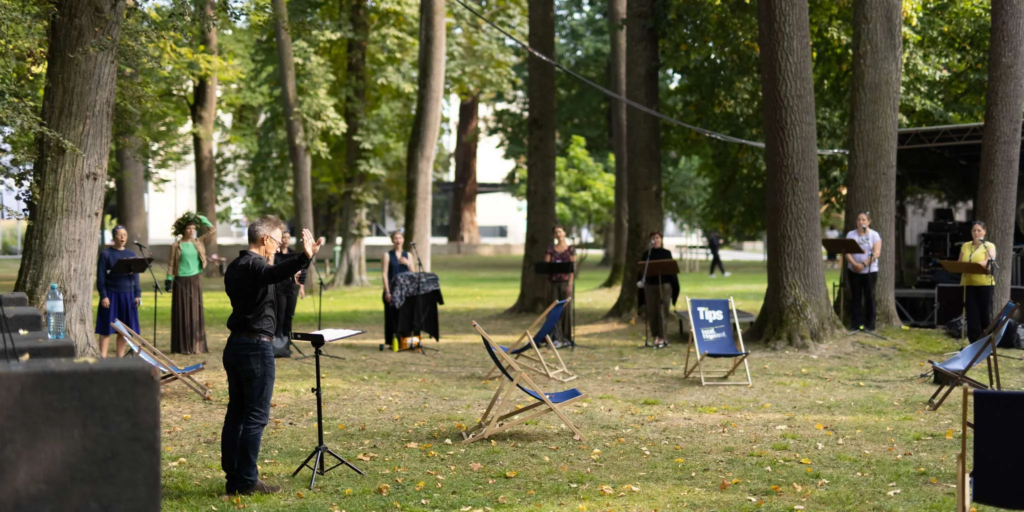
Photo by: Ars Electronica
Performance together with the choir Company Of Music at the Ars Electronica 2021.
Where: Ars Electronica, Linz
When: 2021-10-11
Who: Adrián Artacho, Hanne Pilgrim, Johannes Hiemetsberger and Company Of Music
